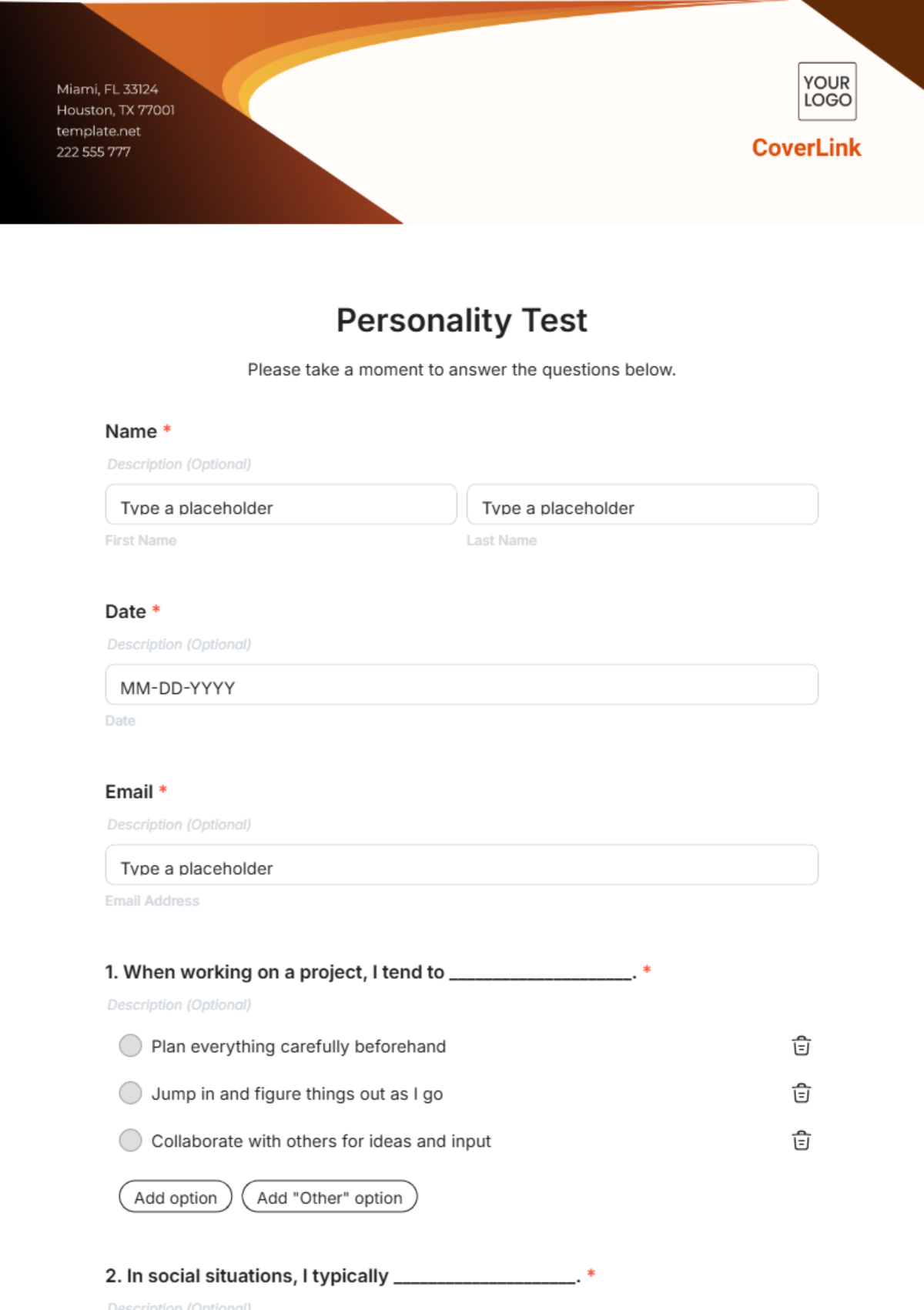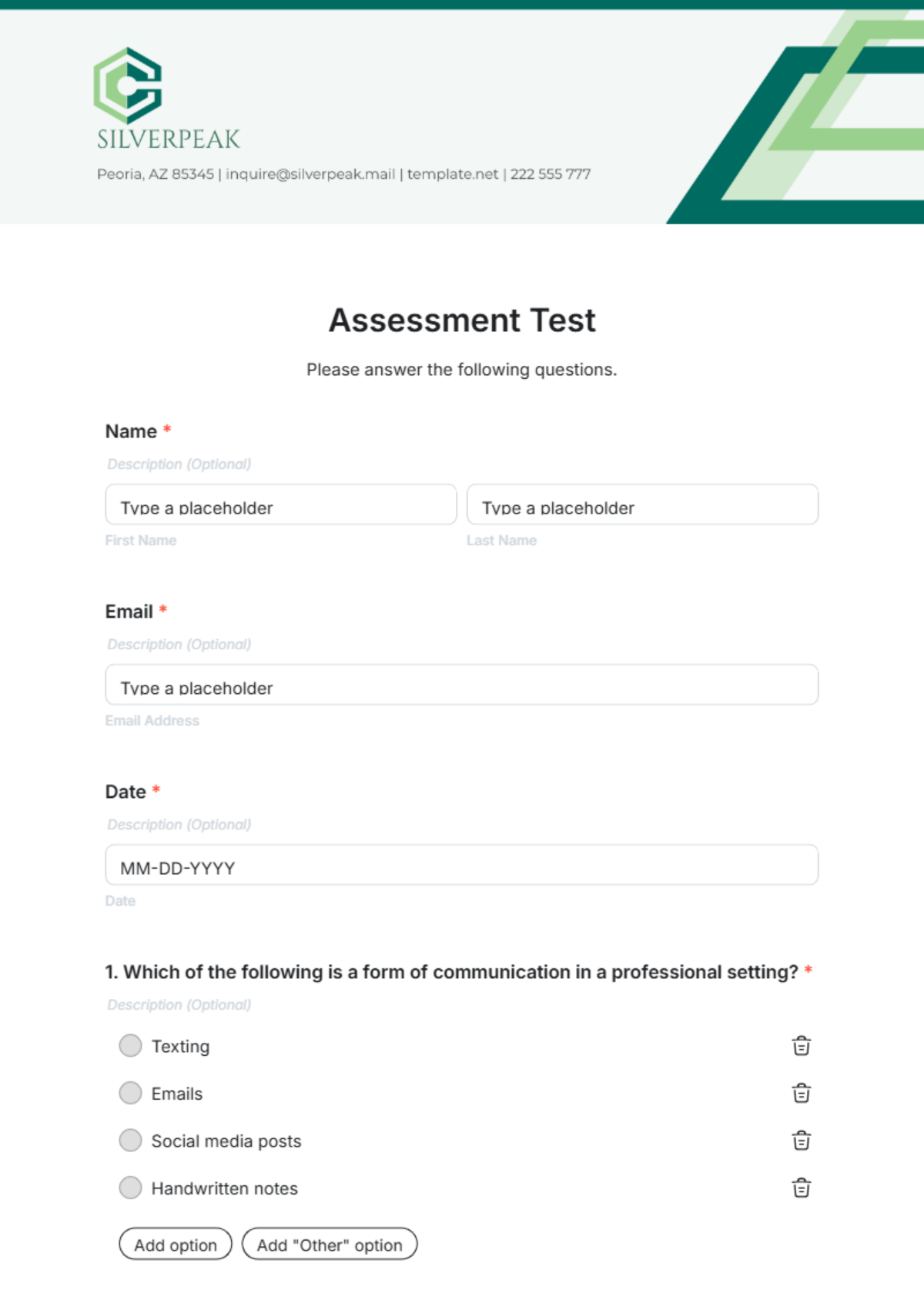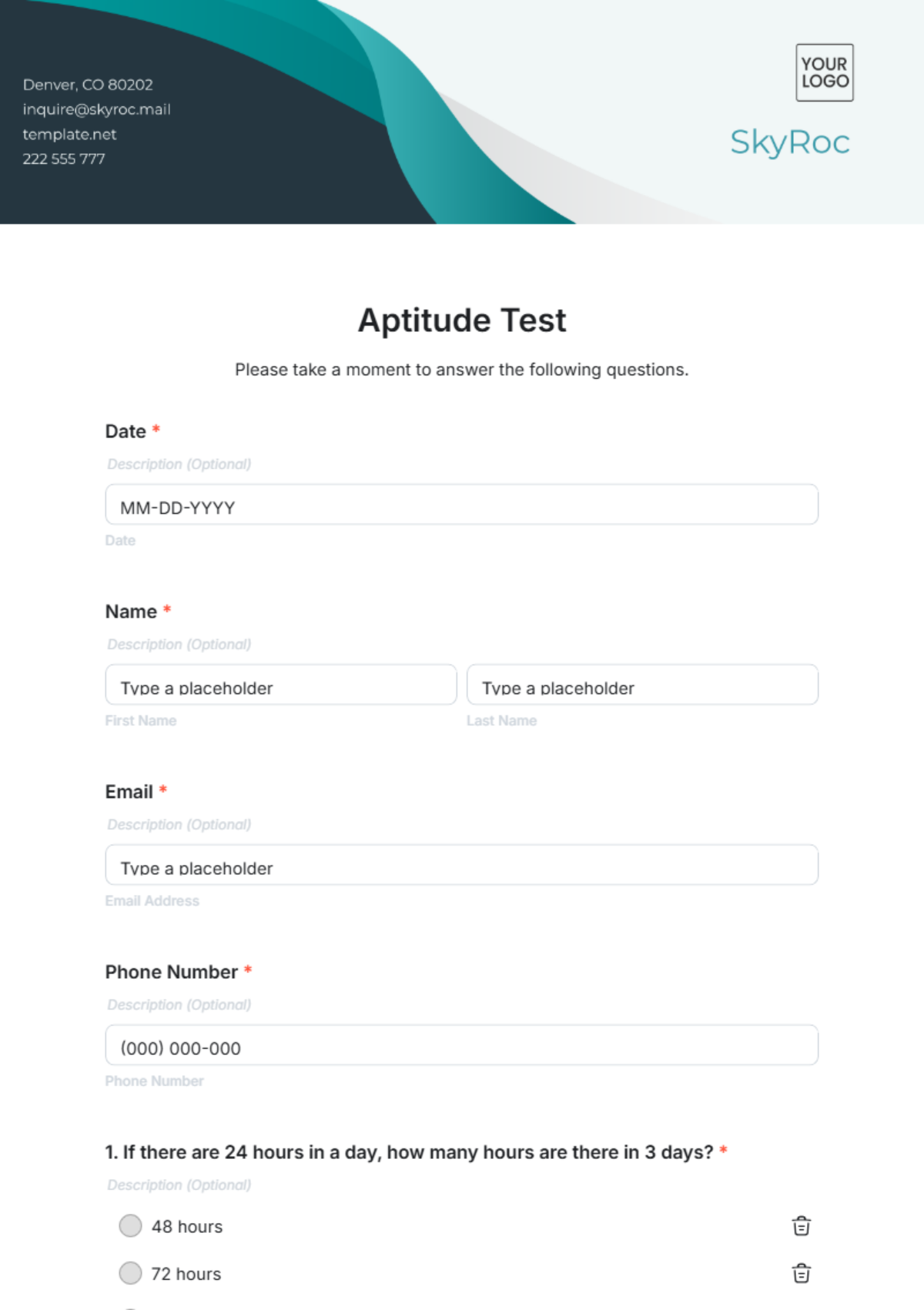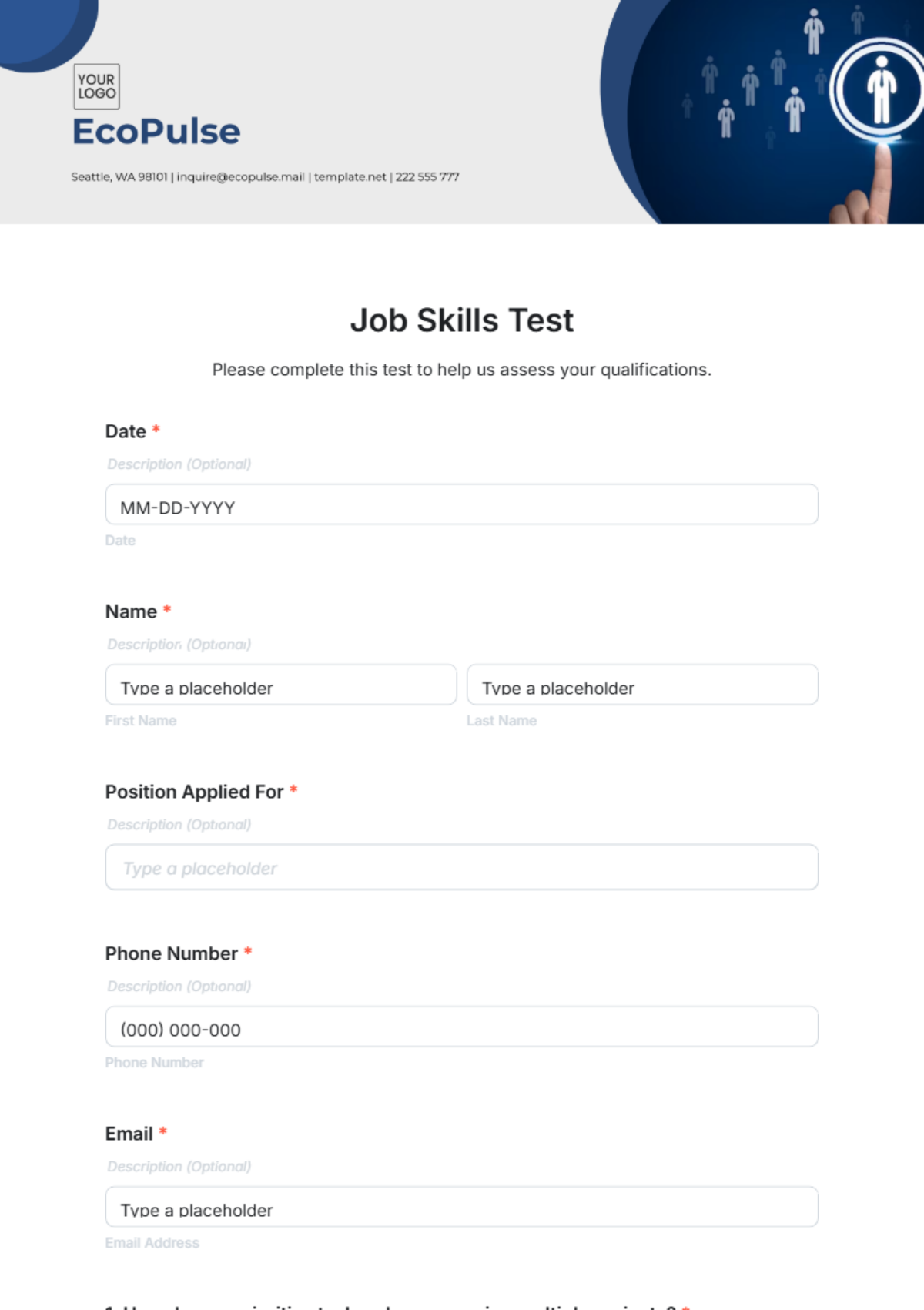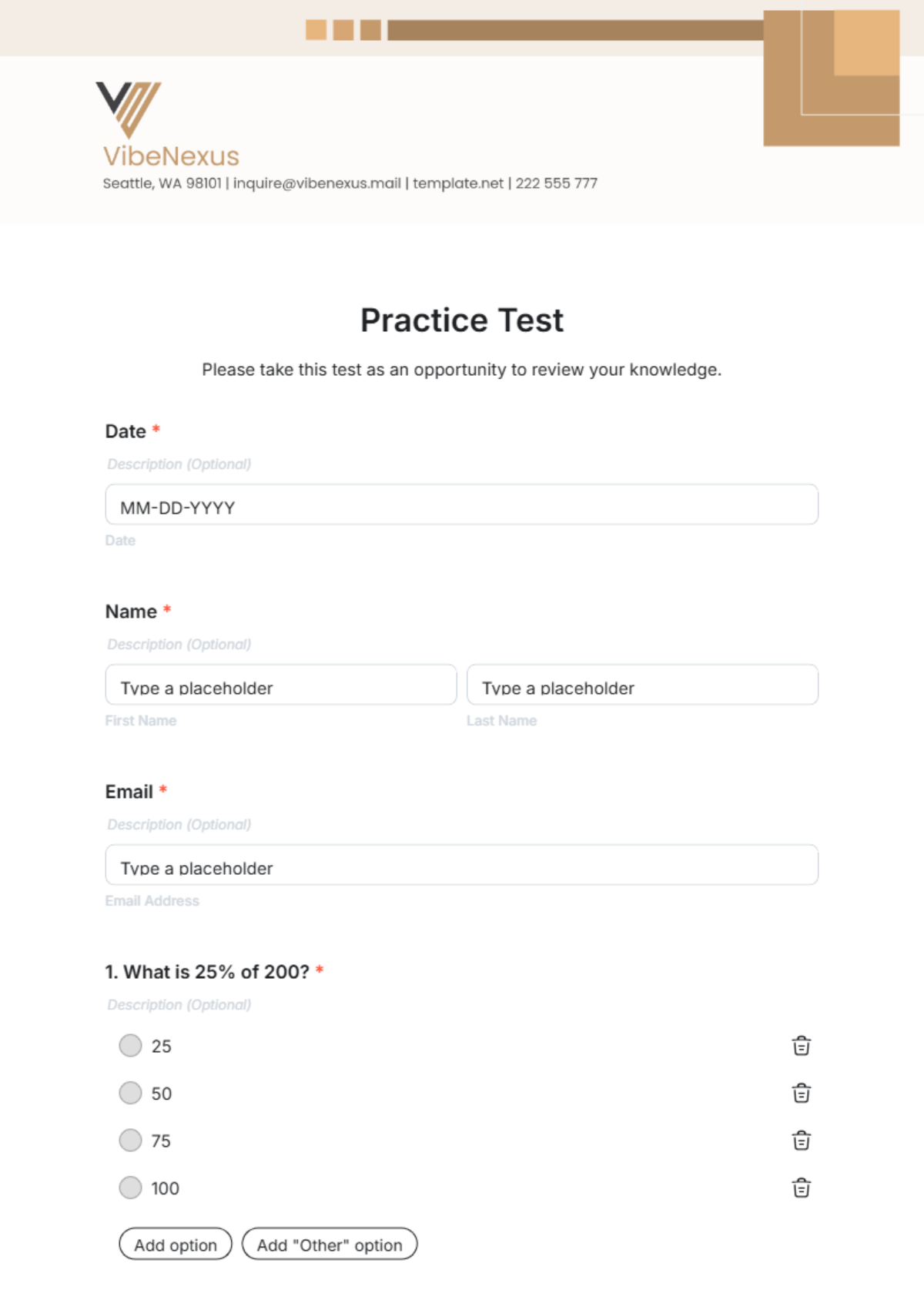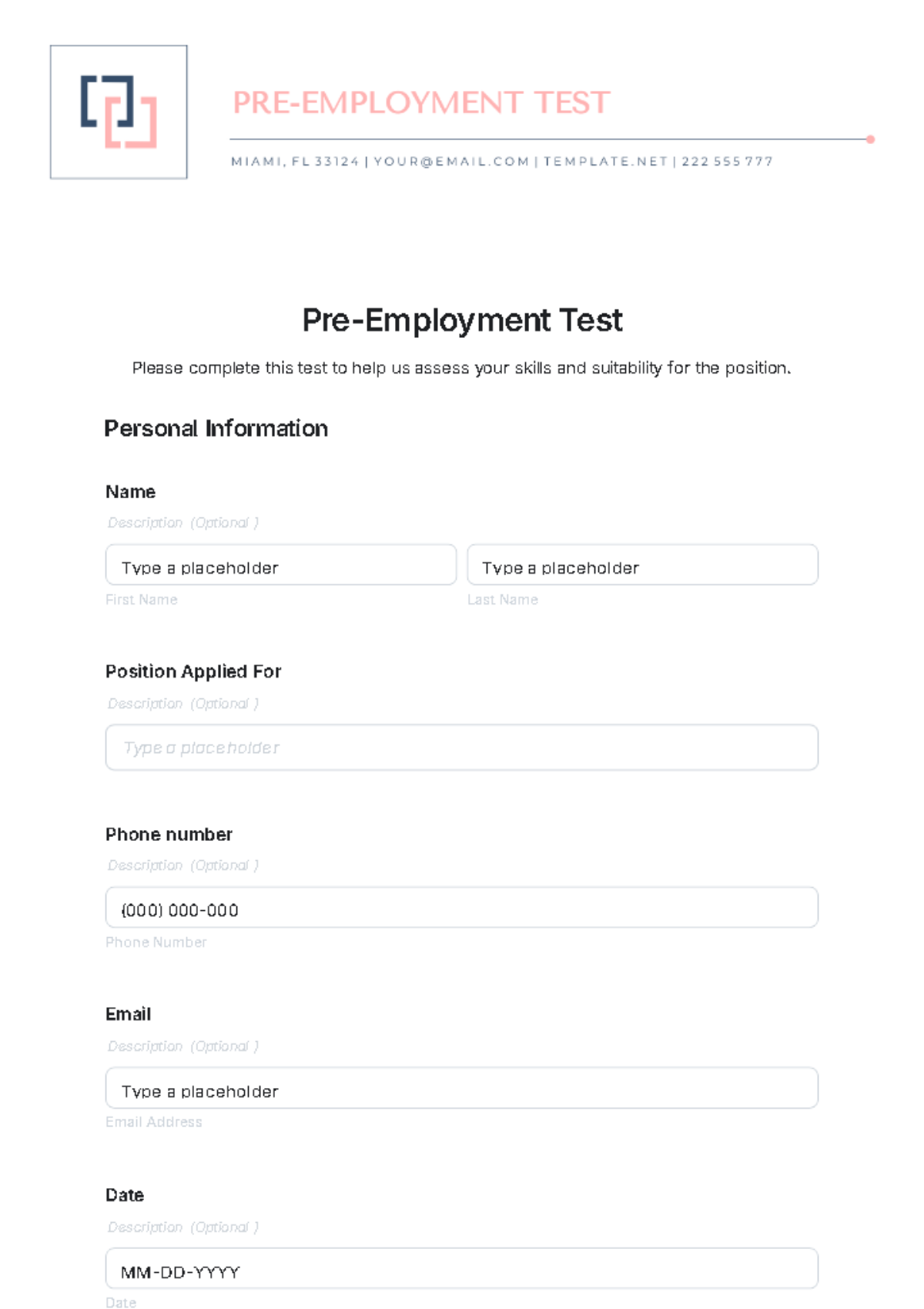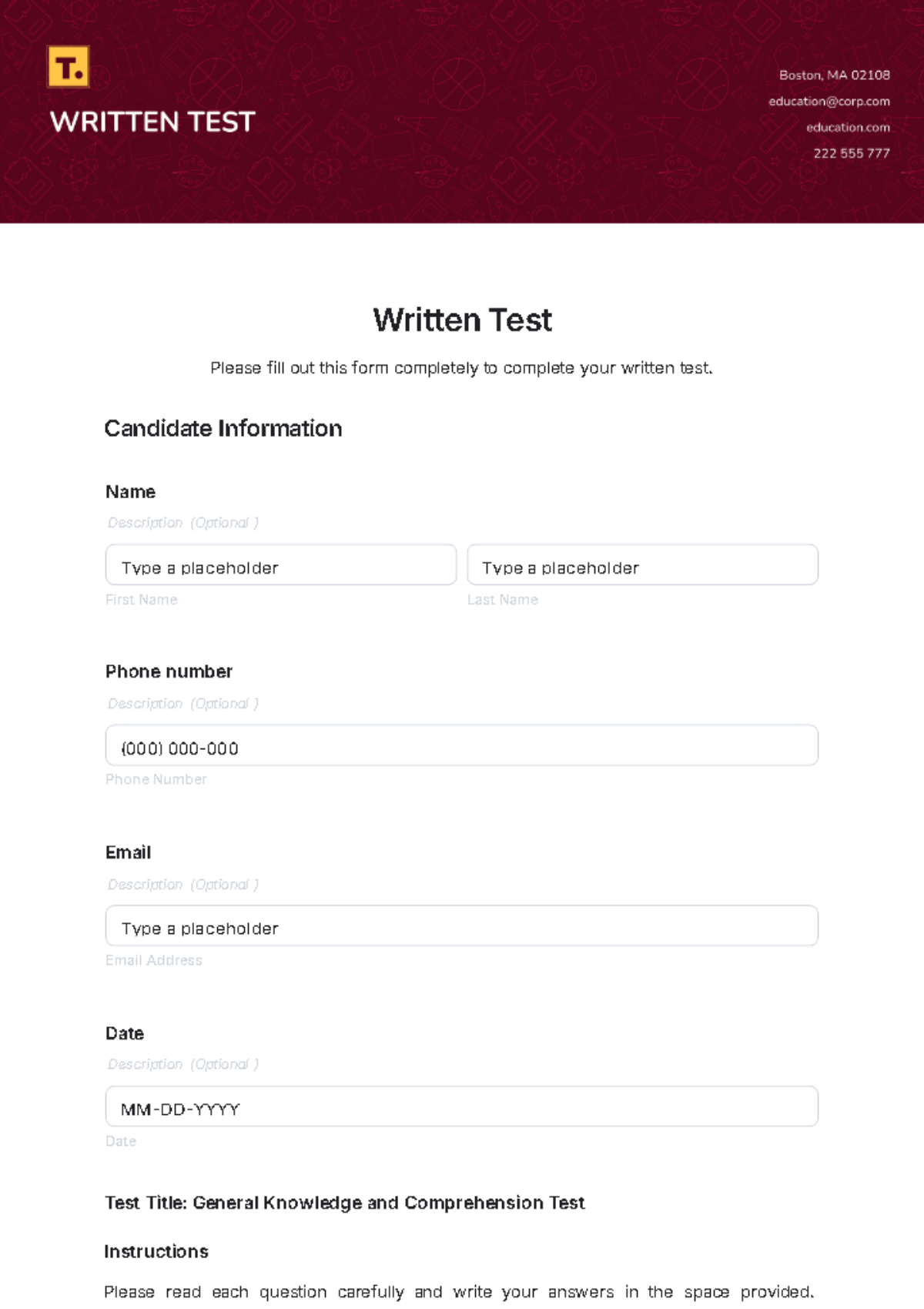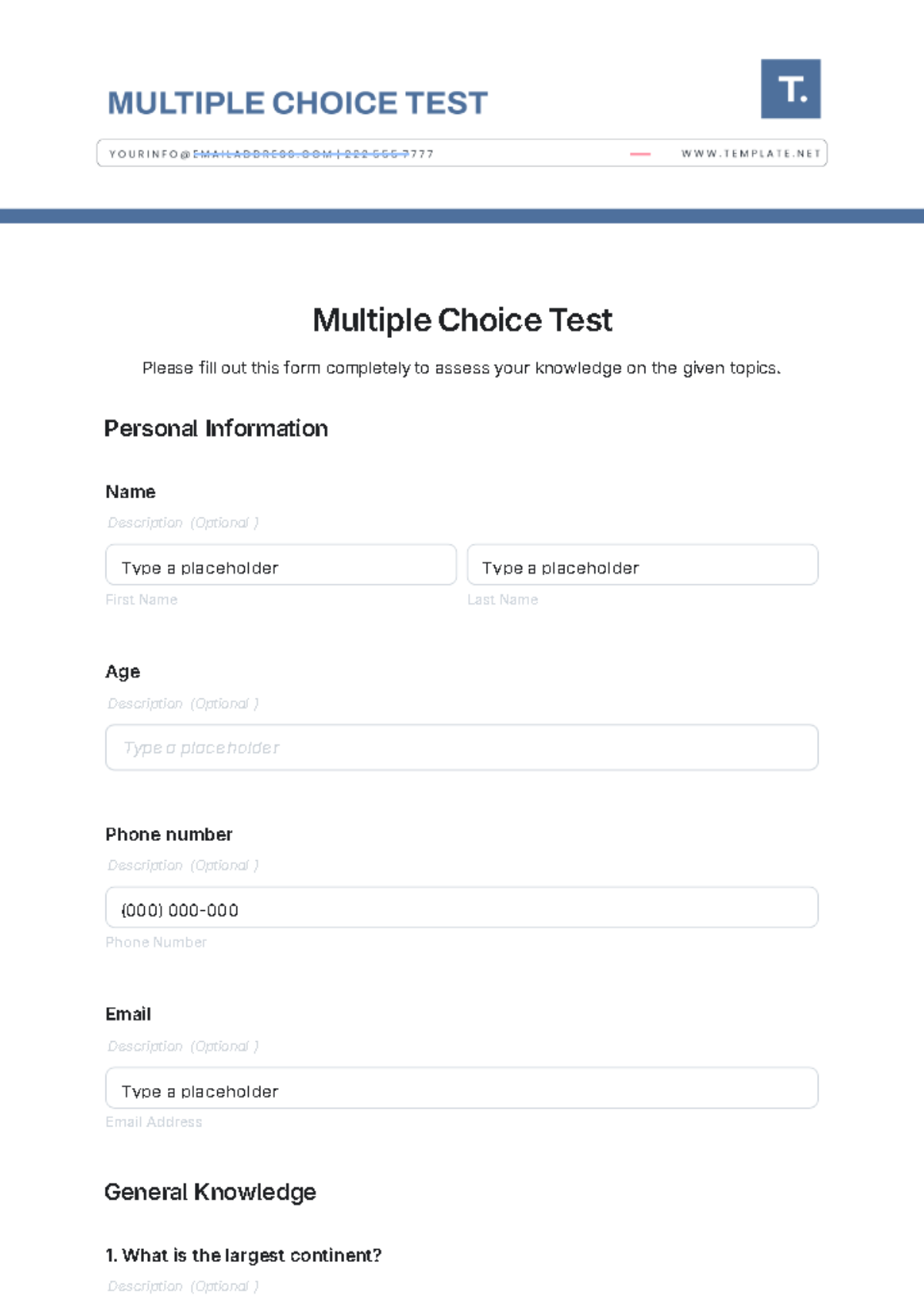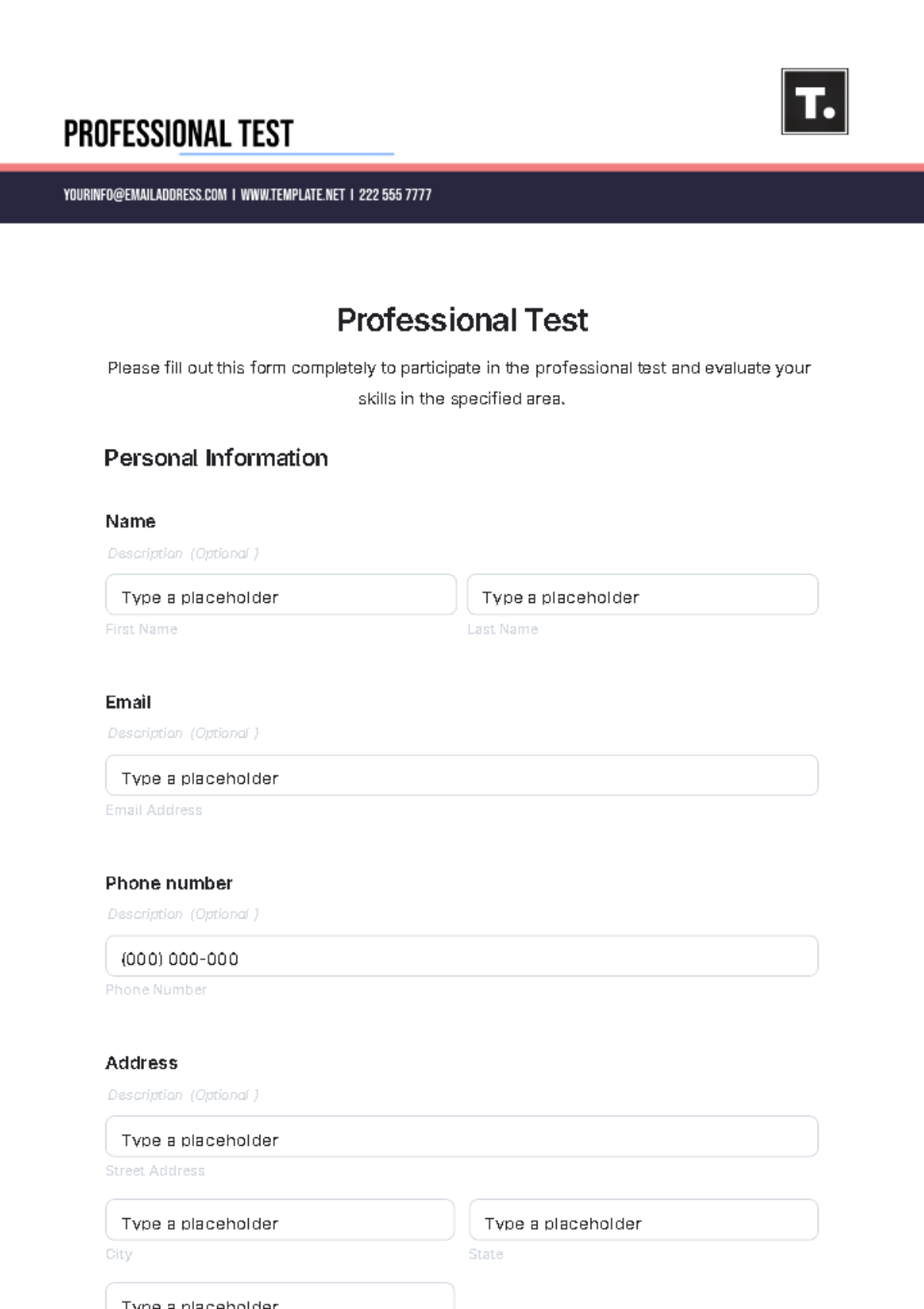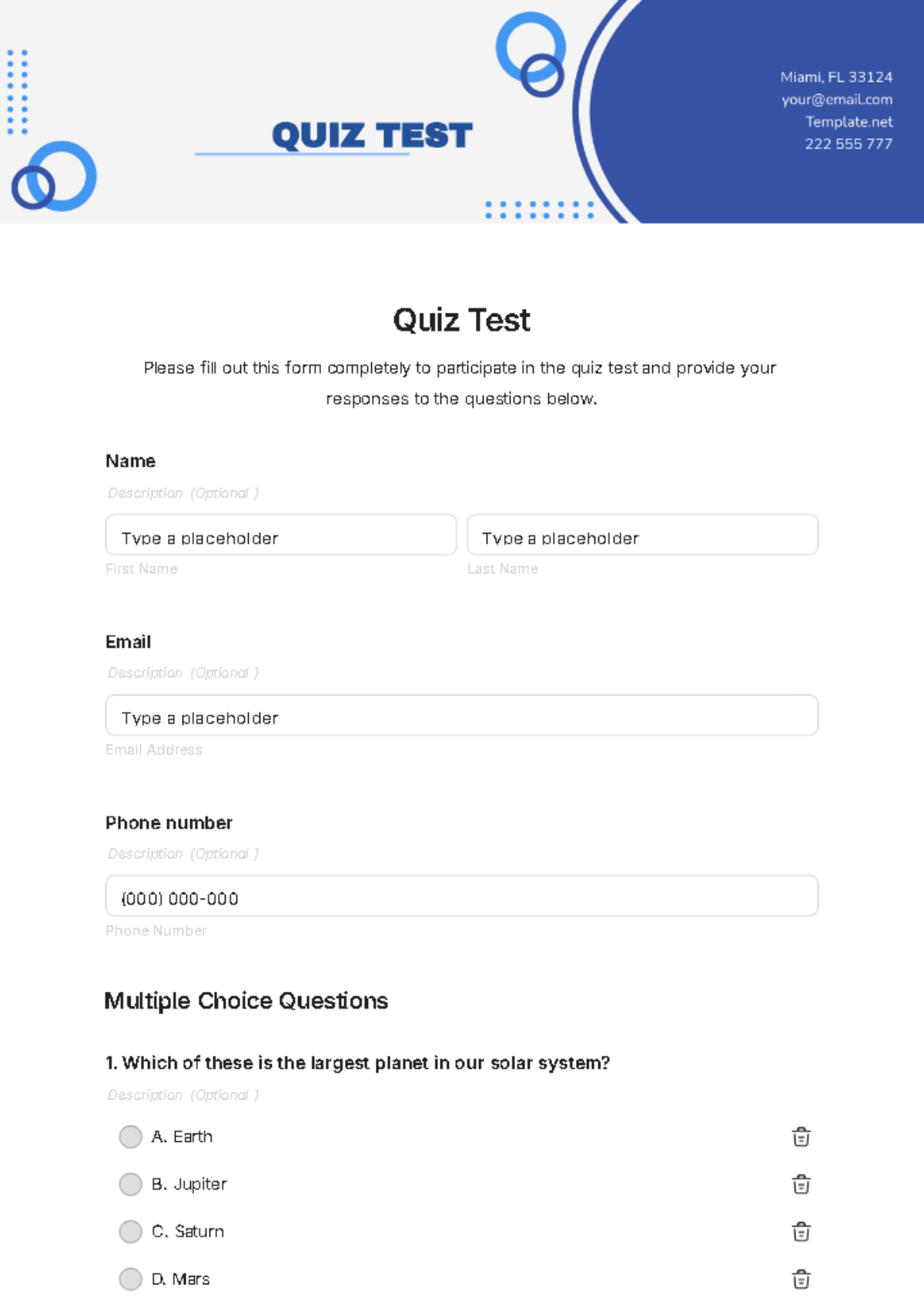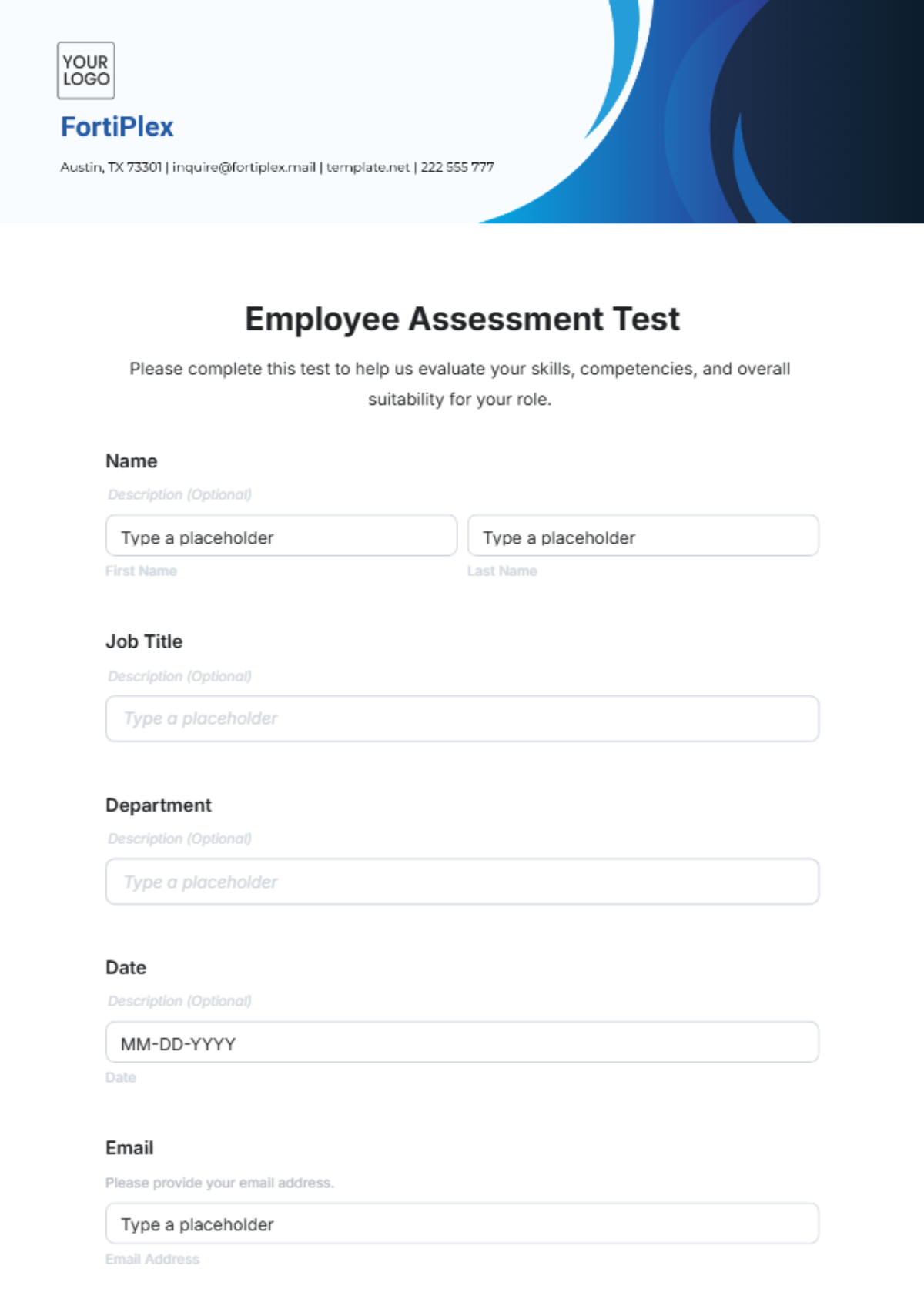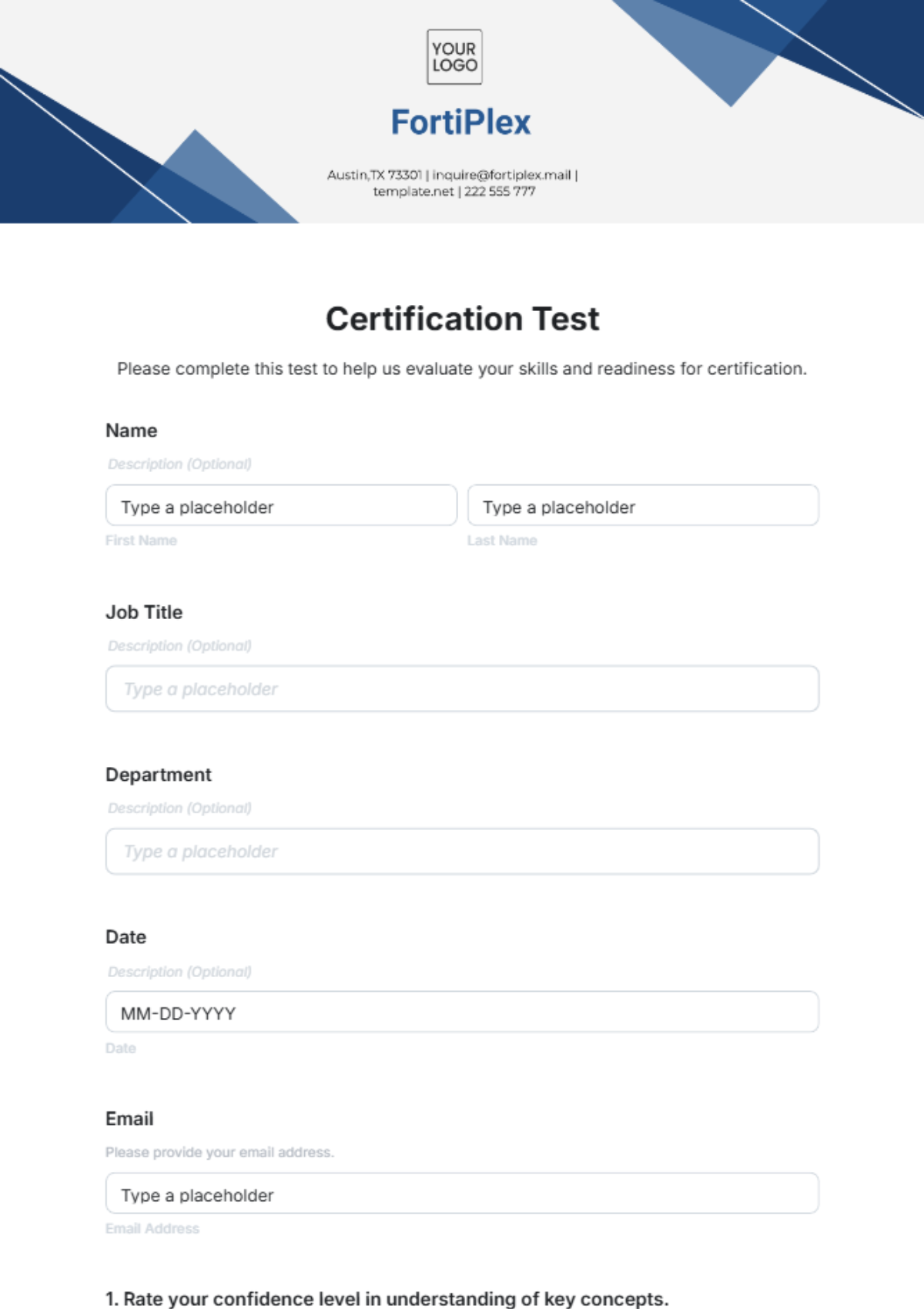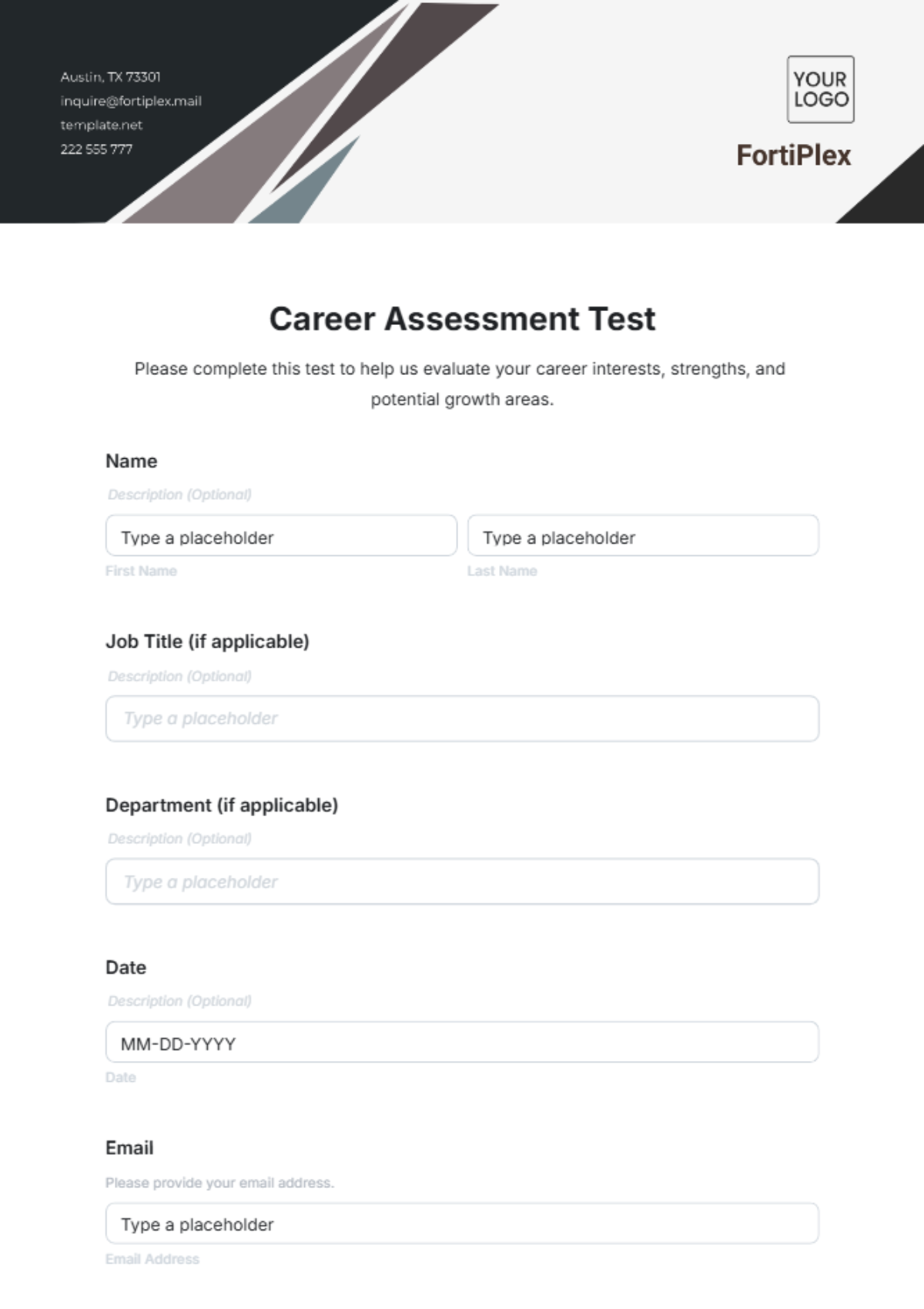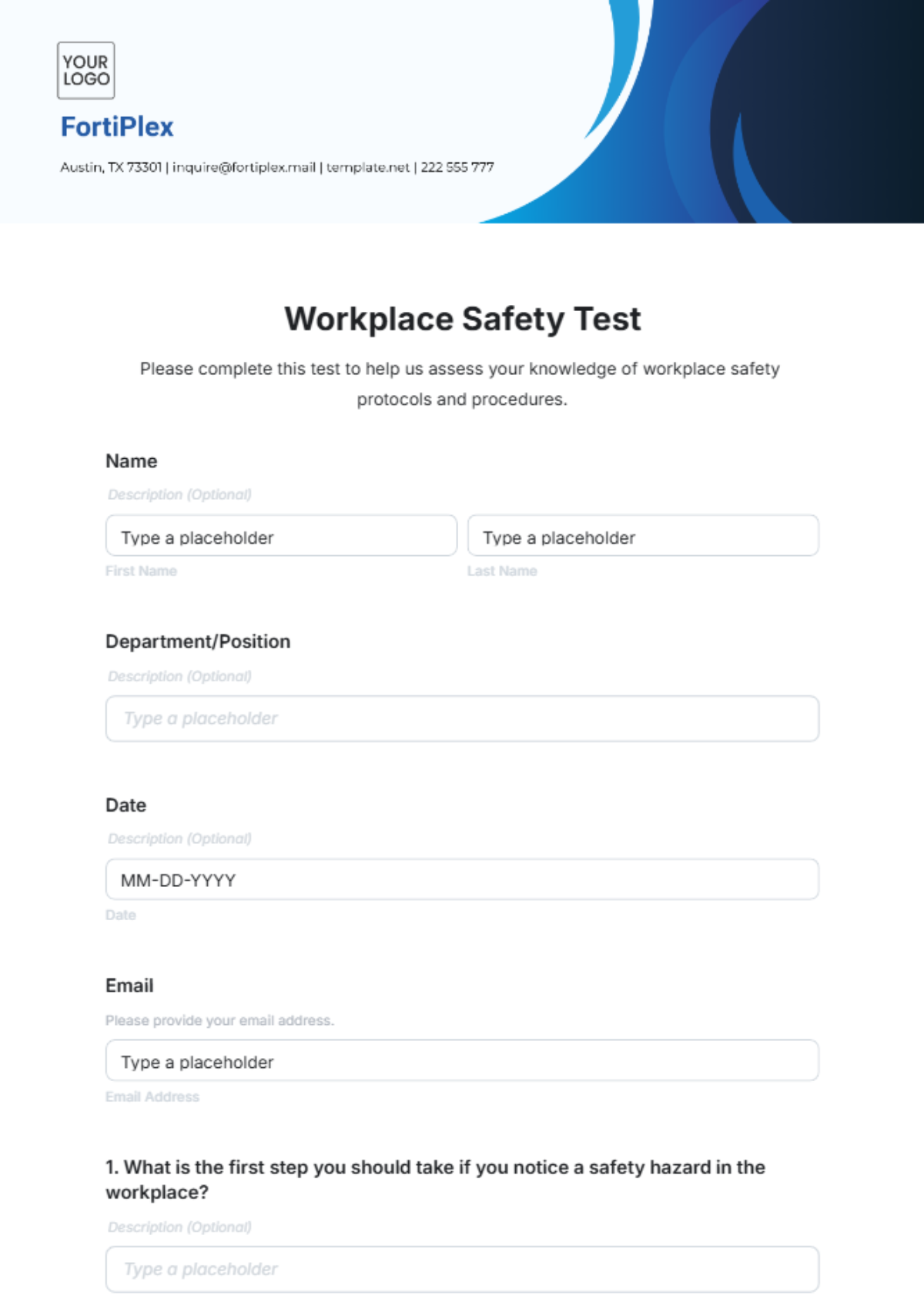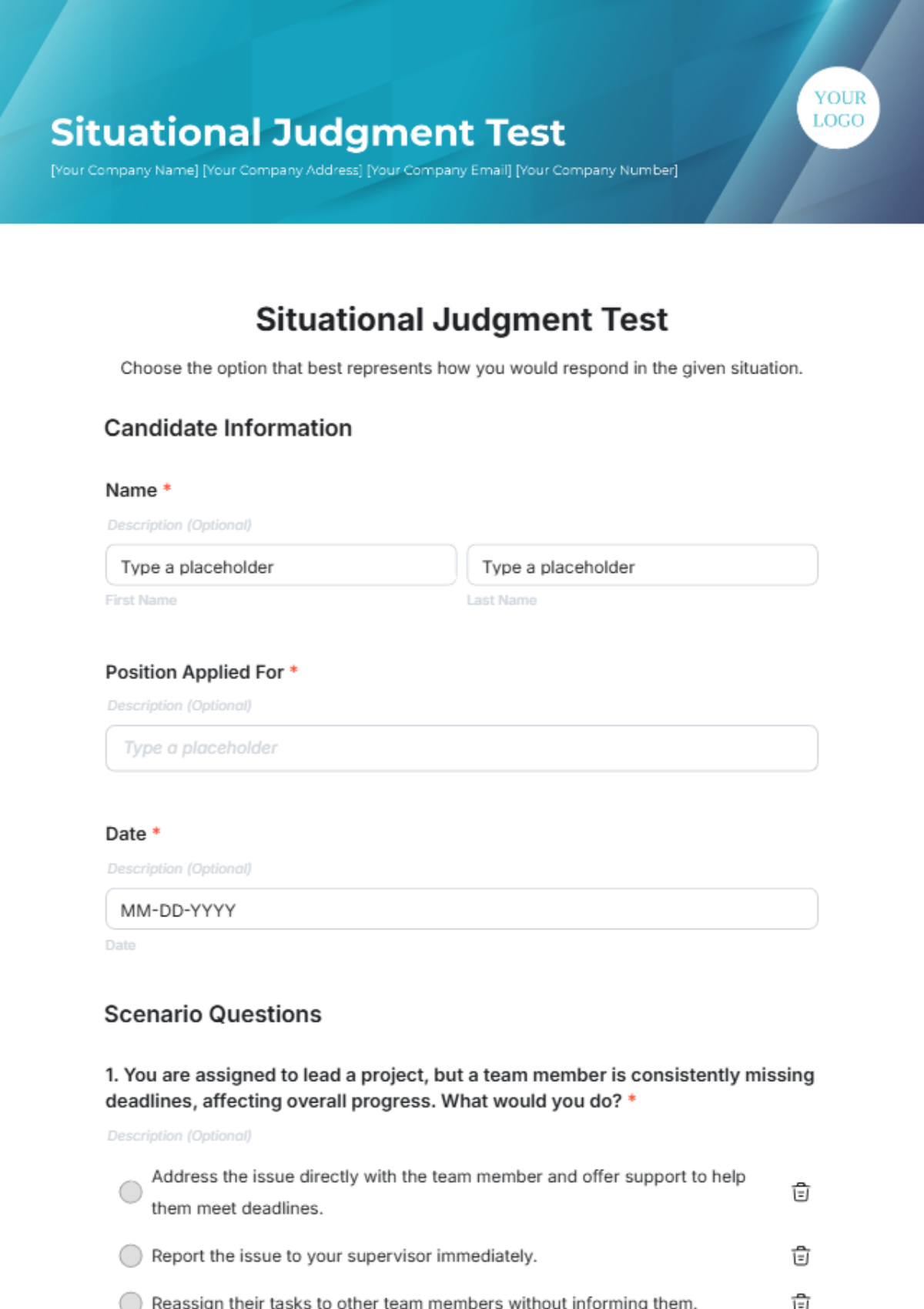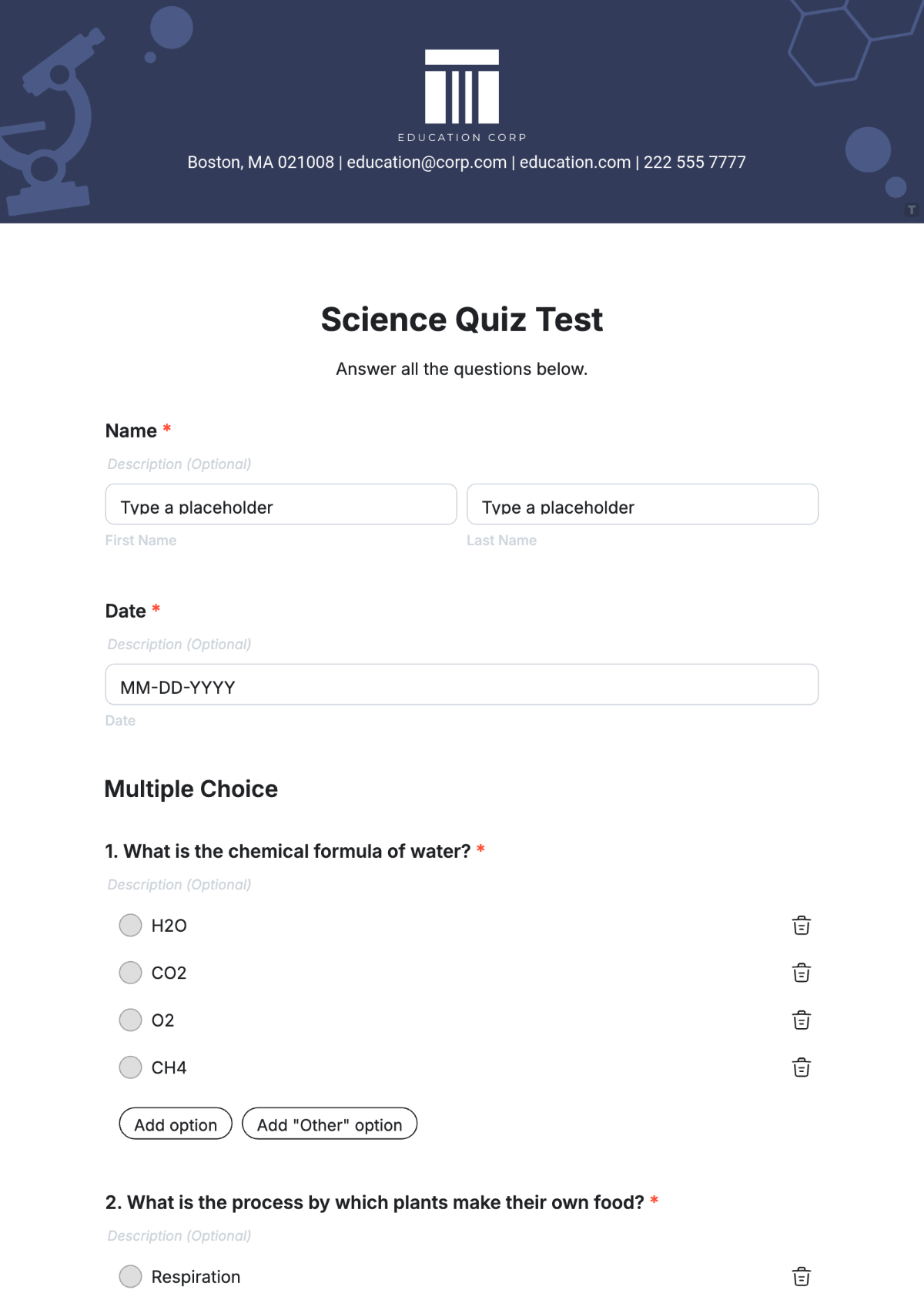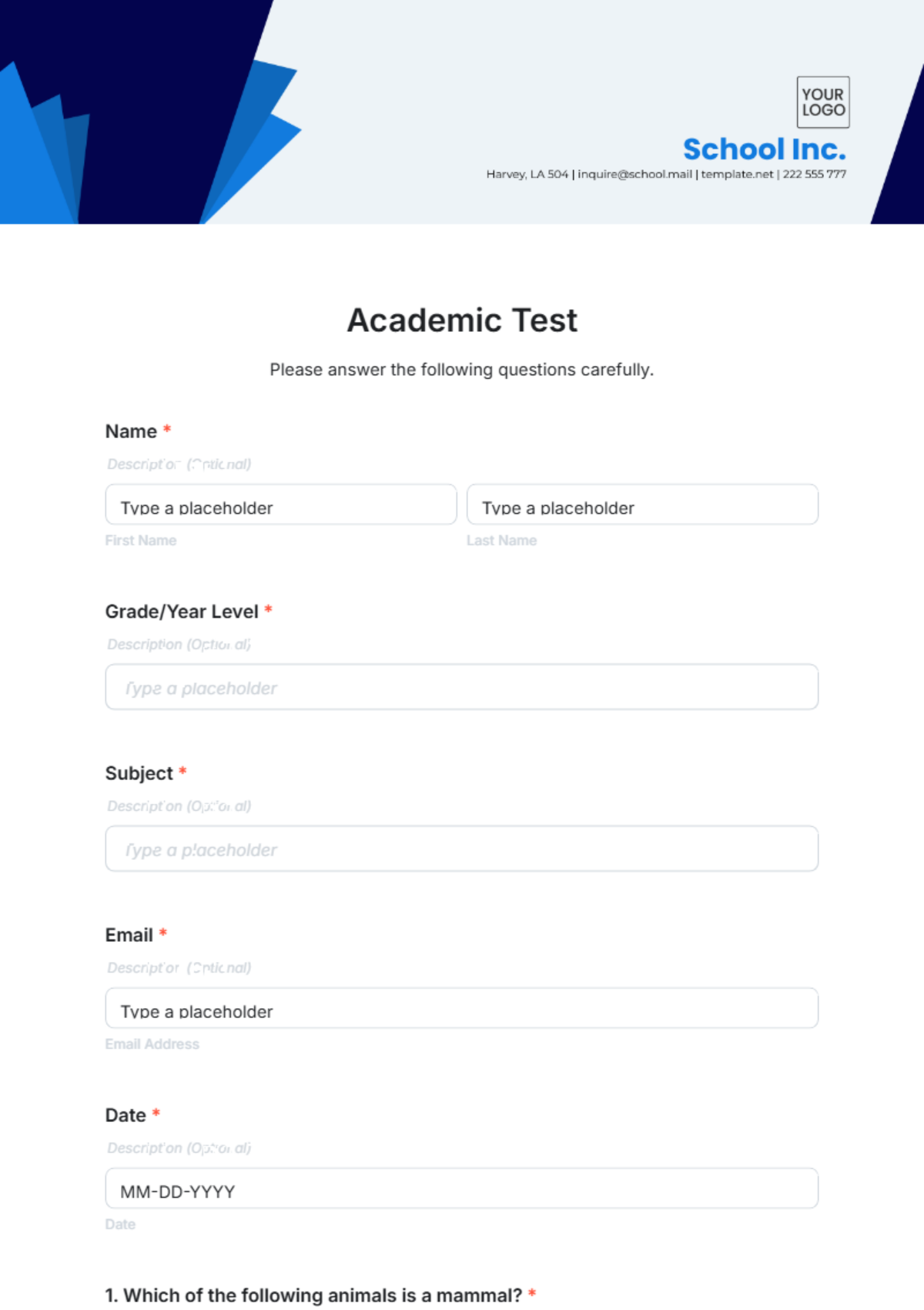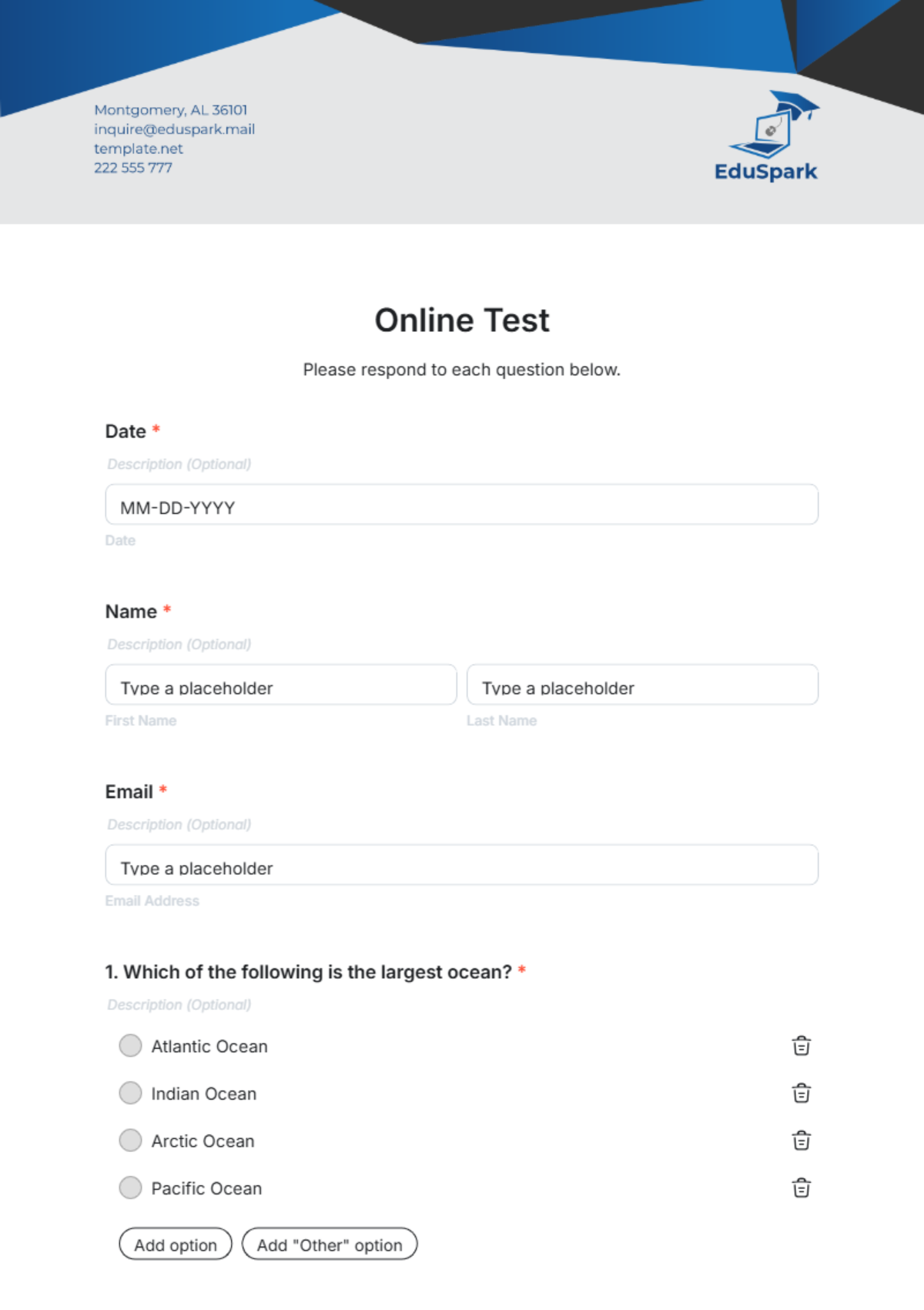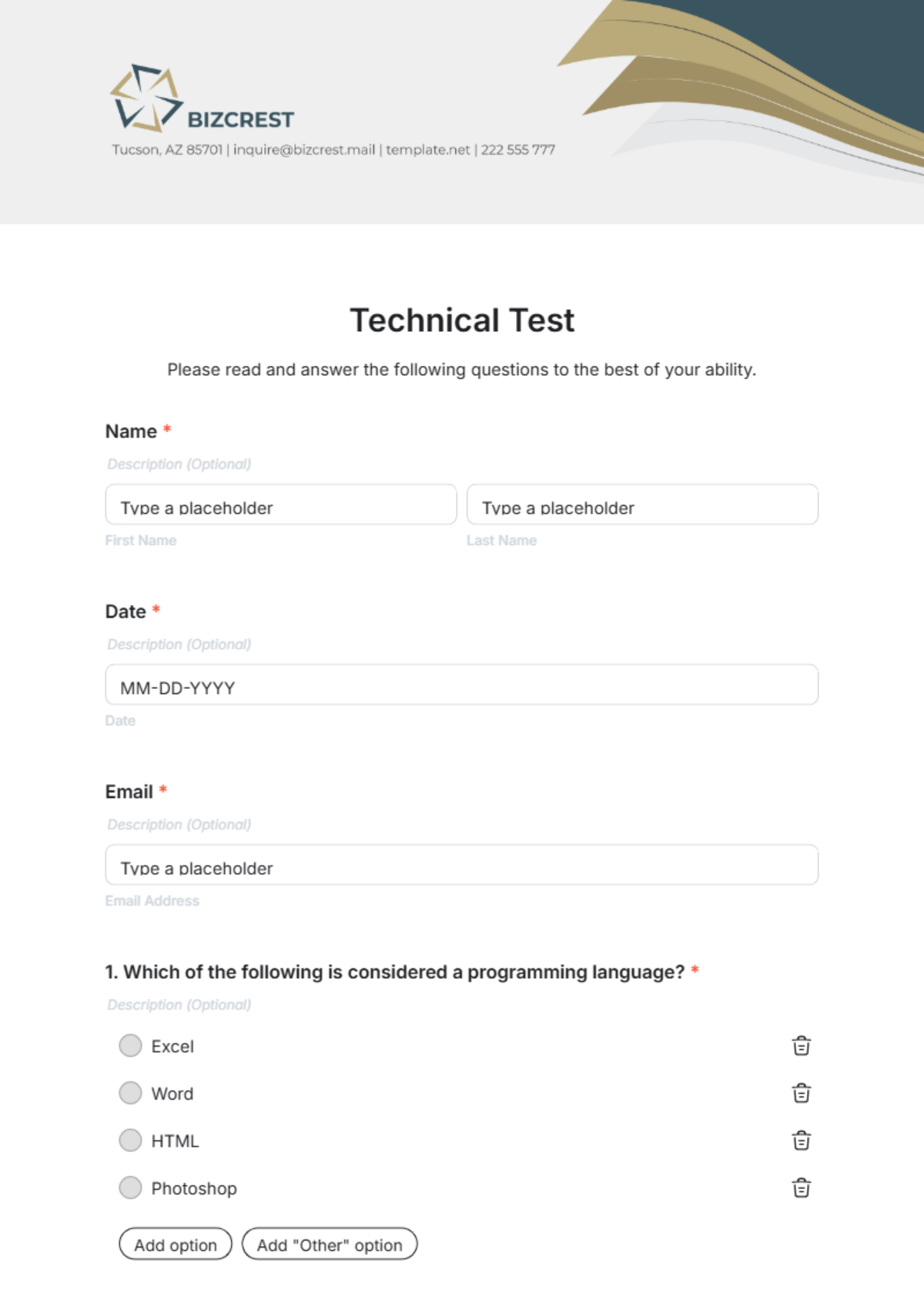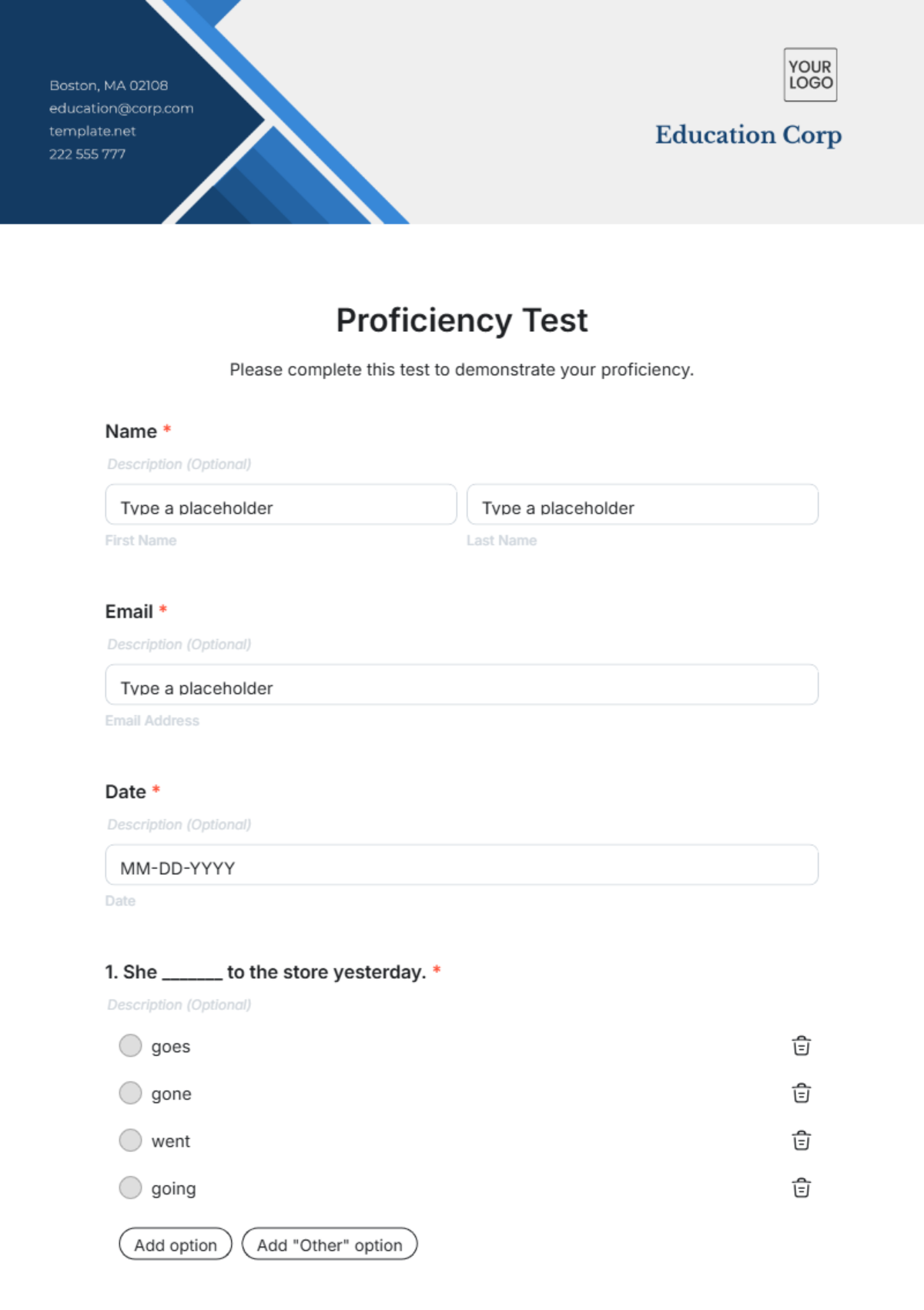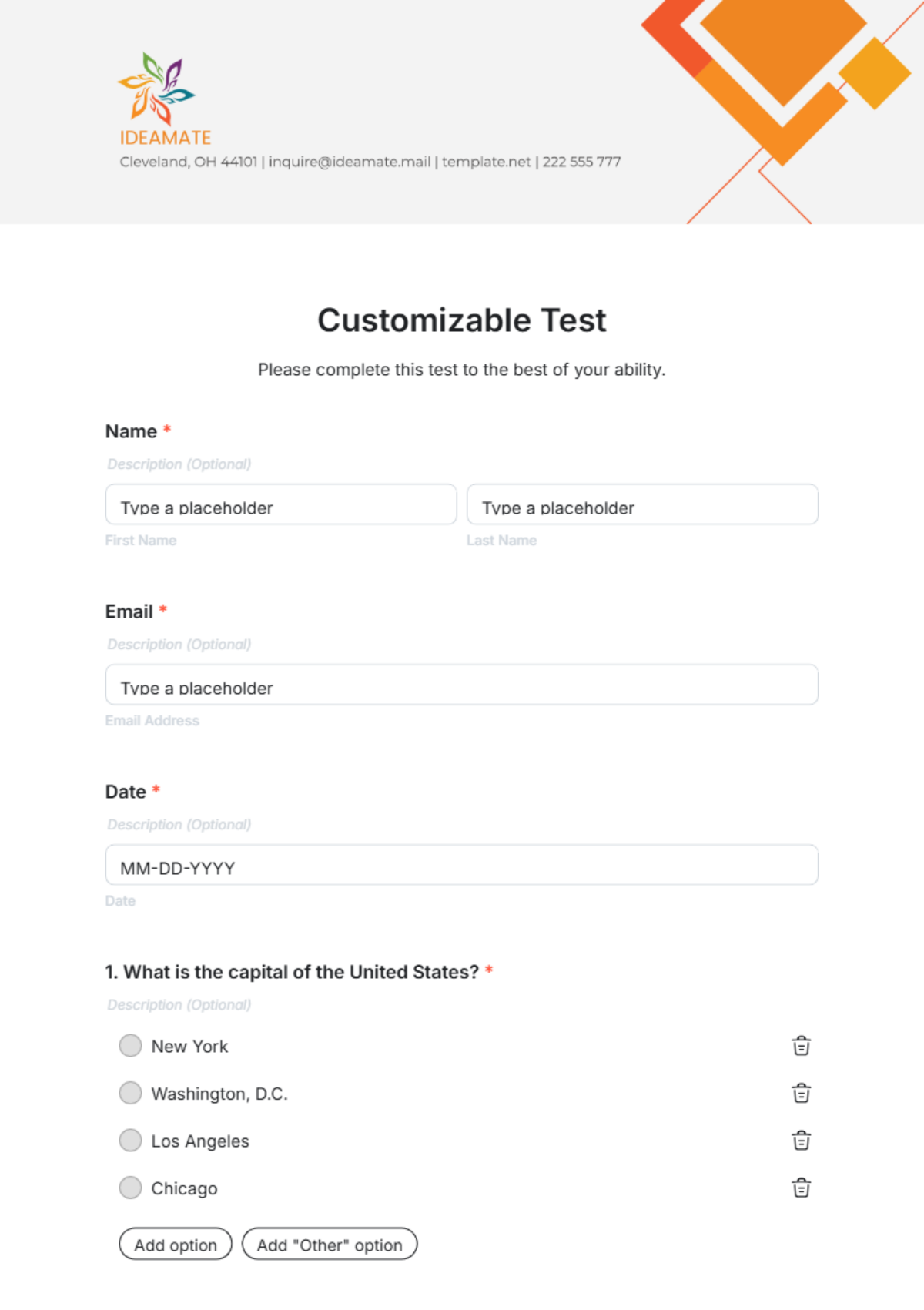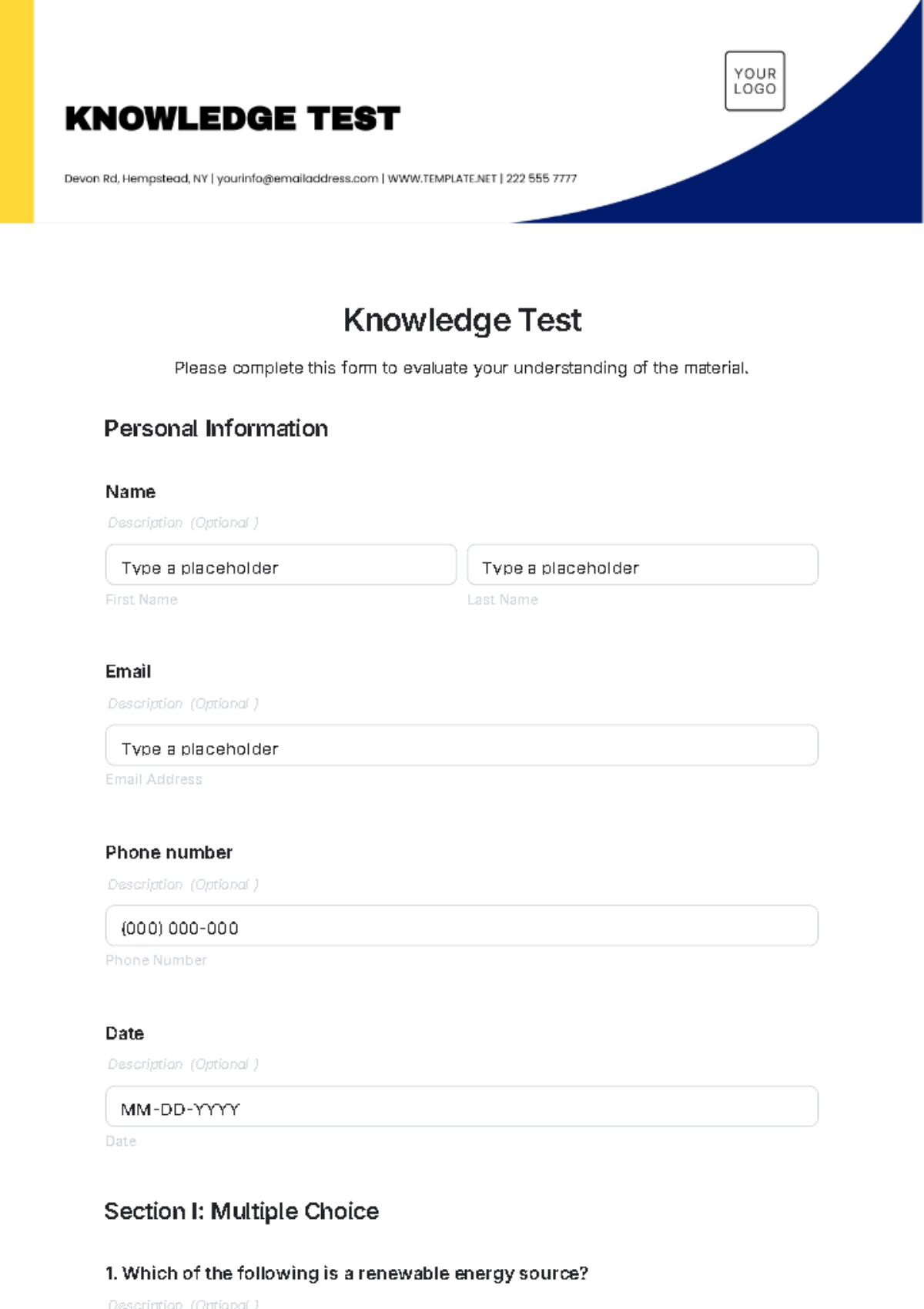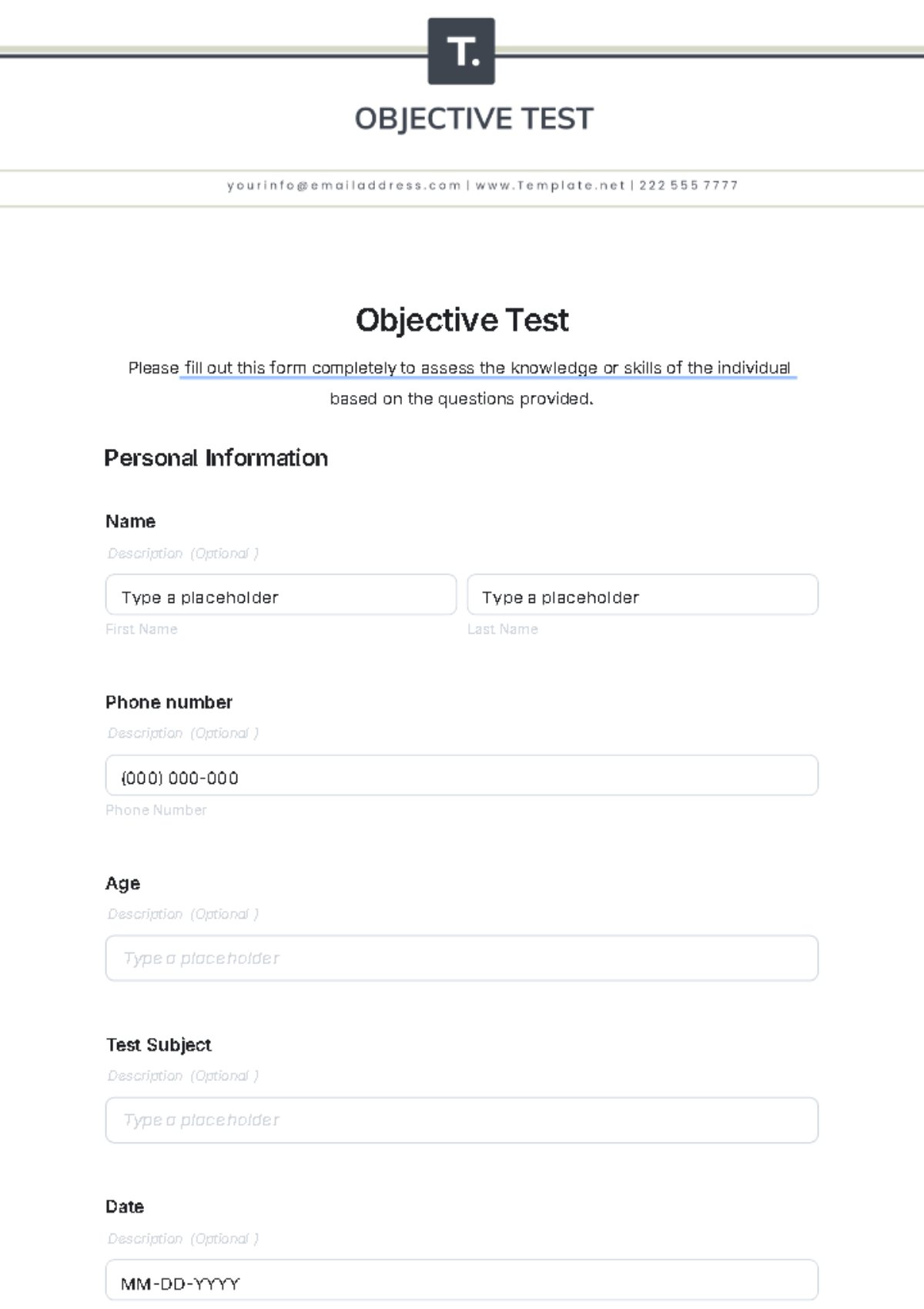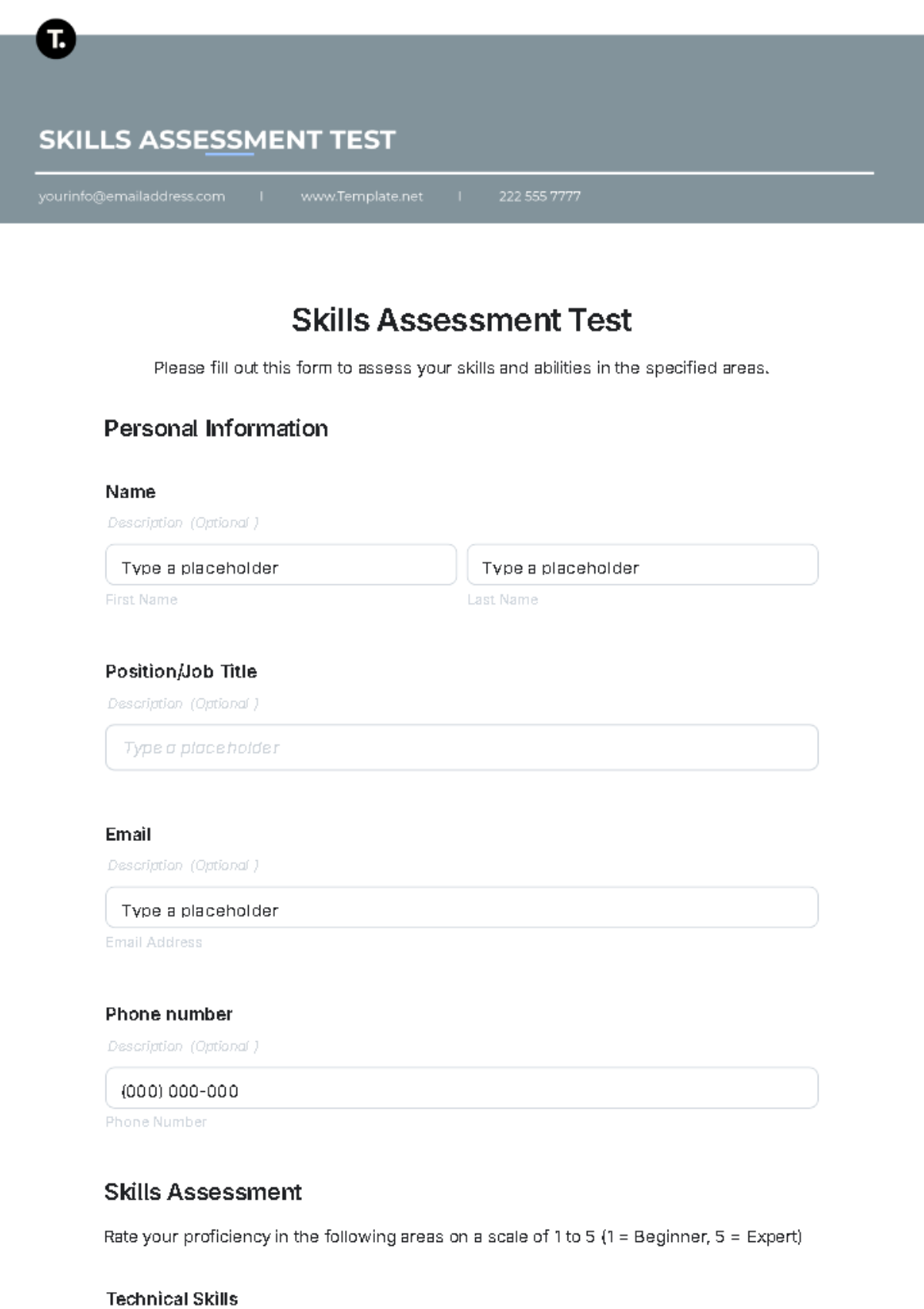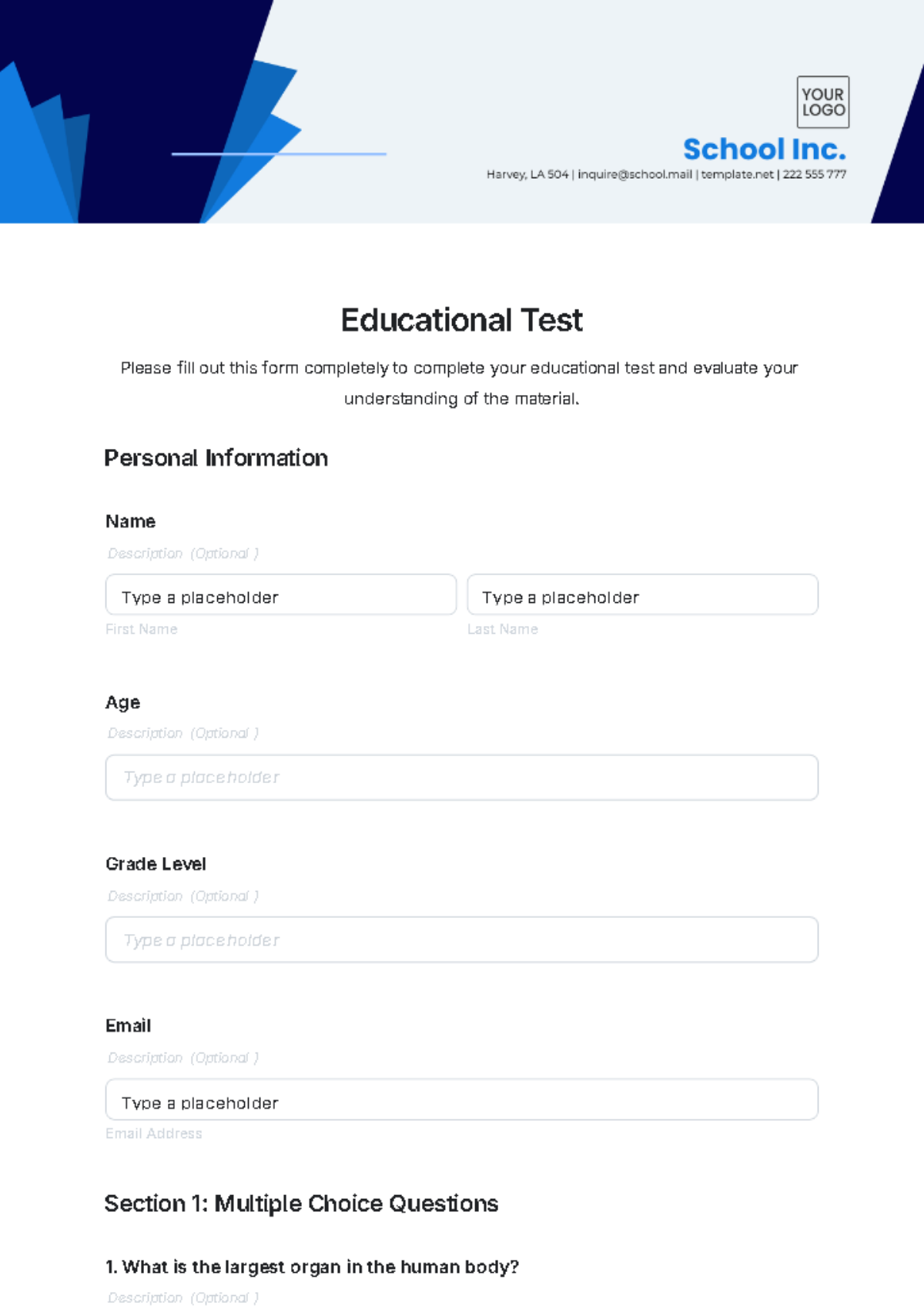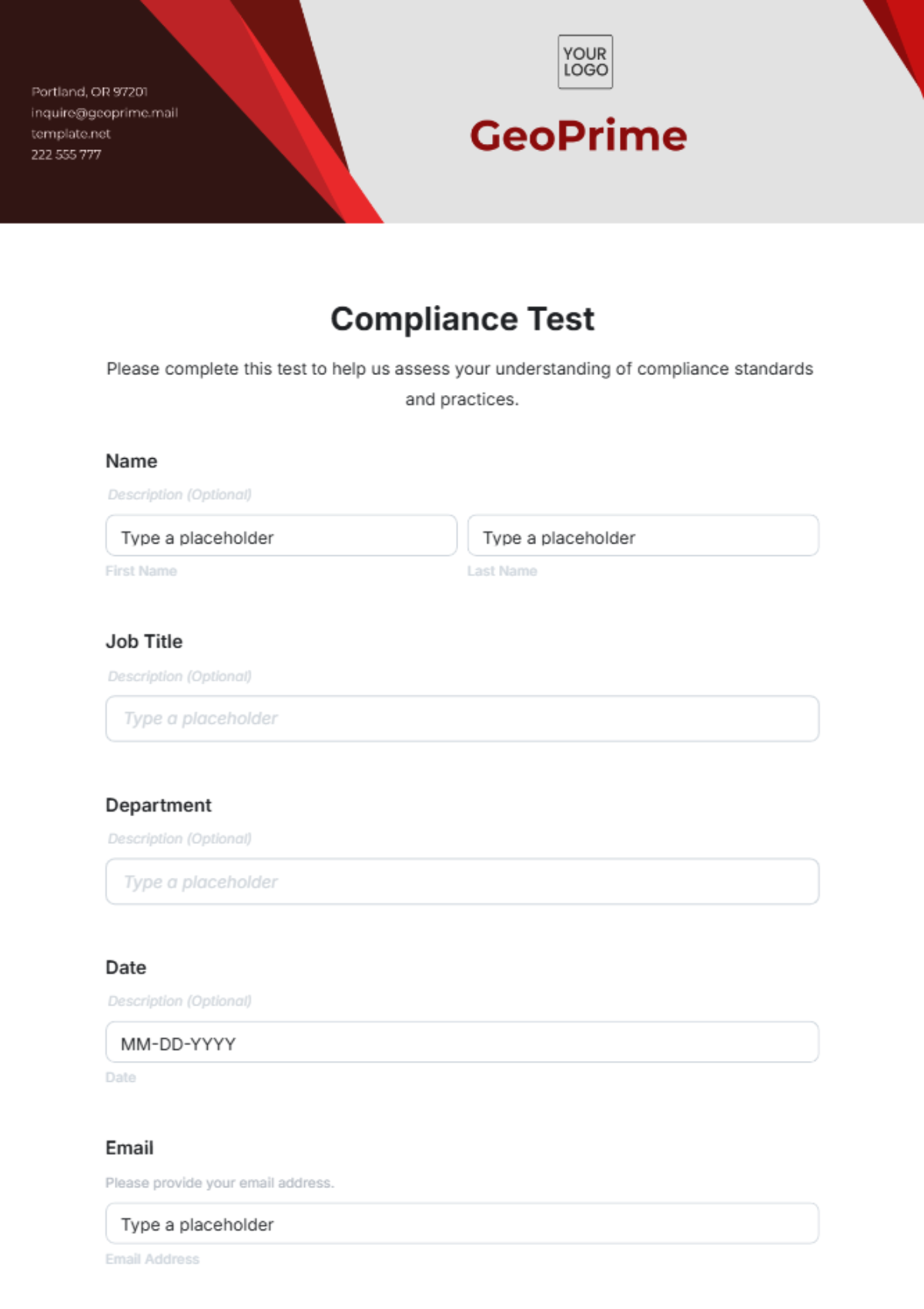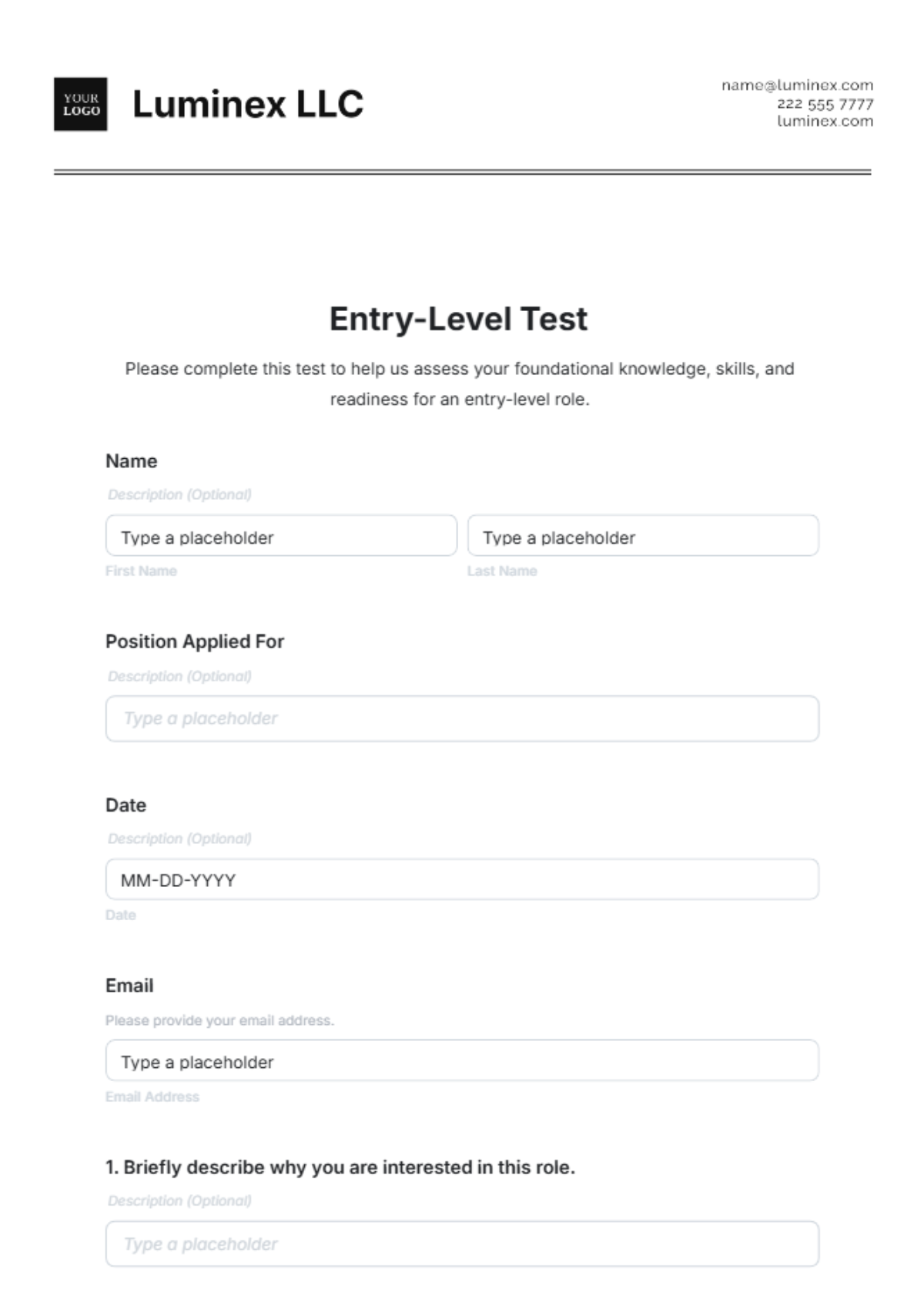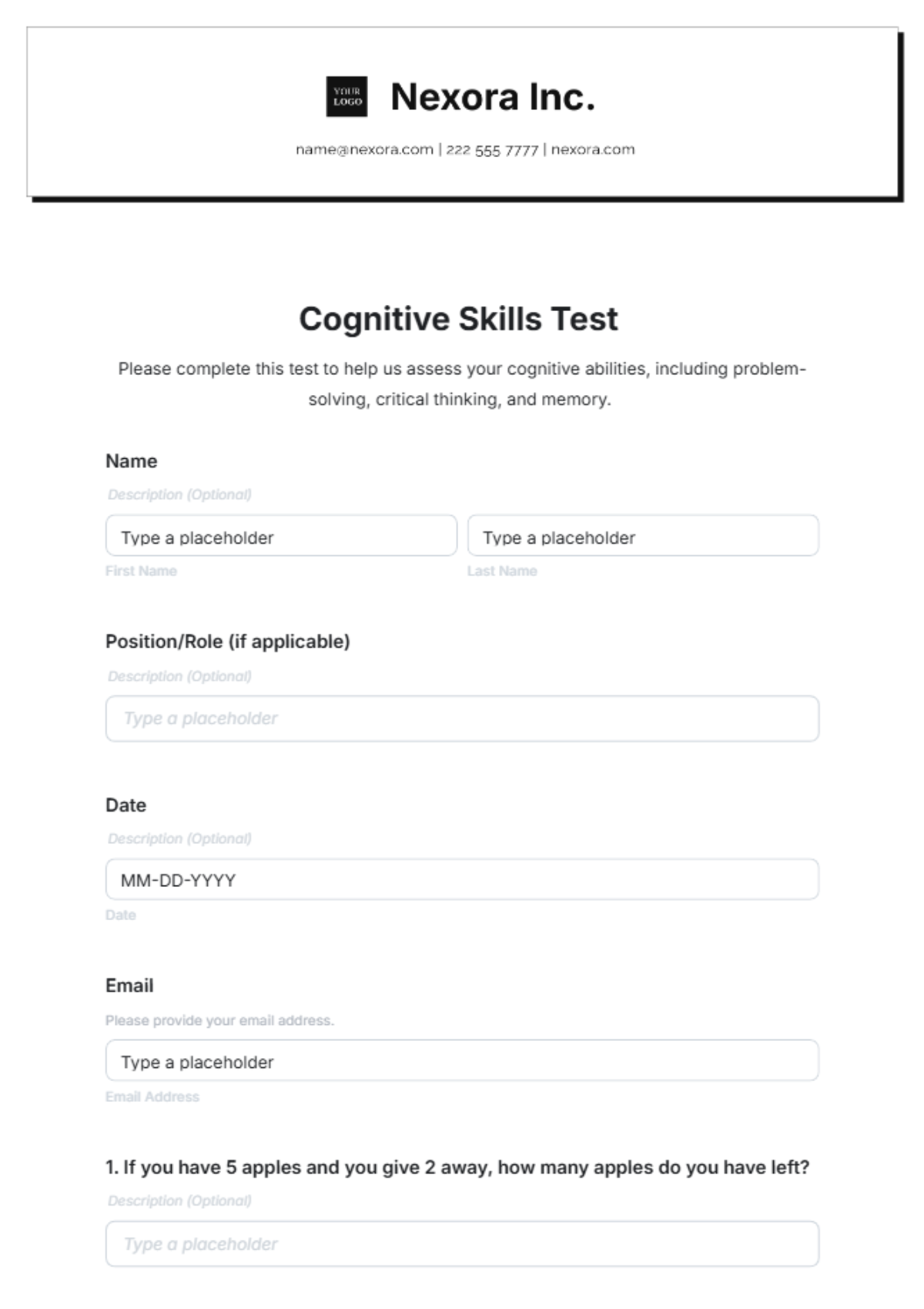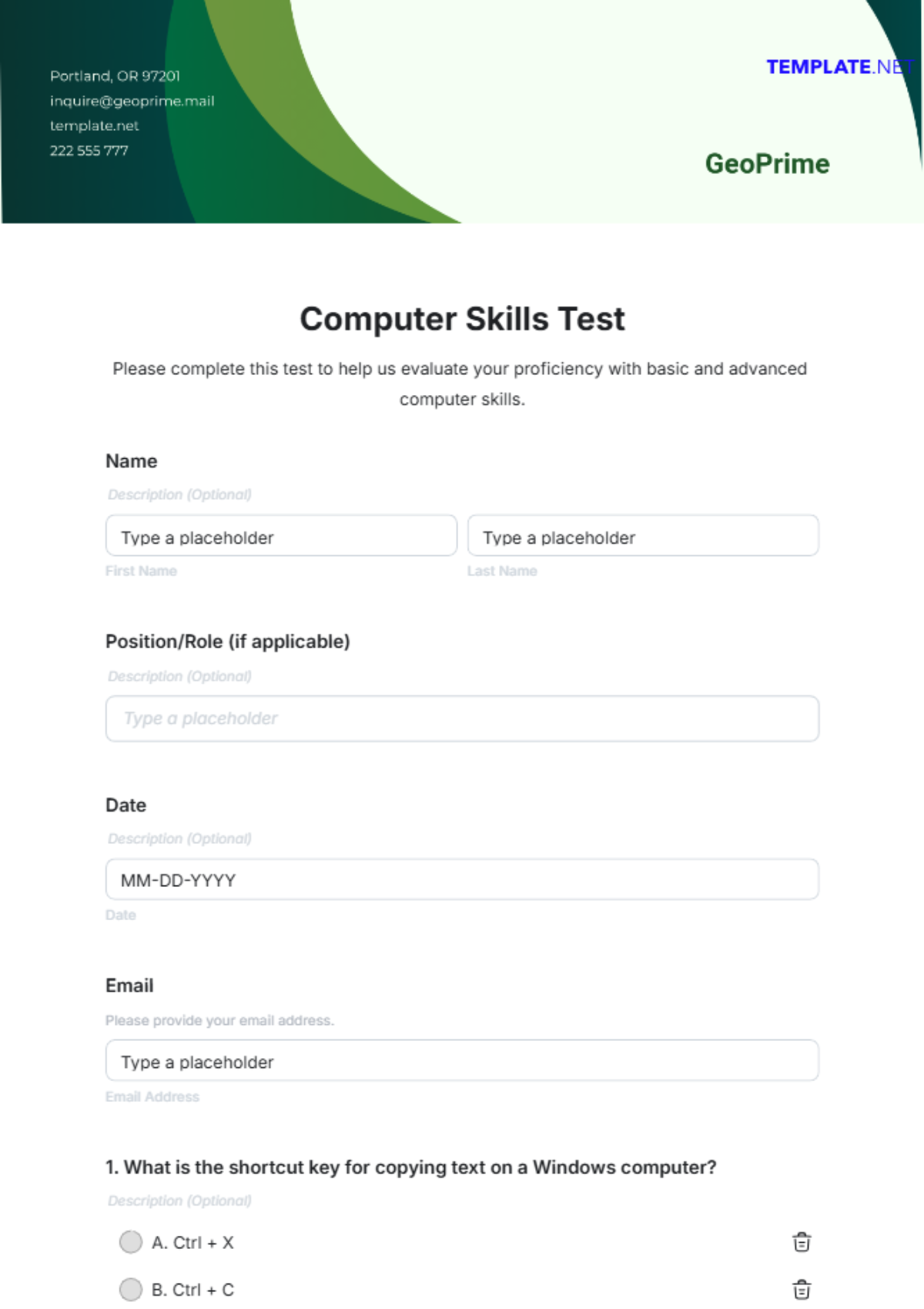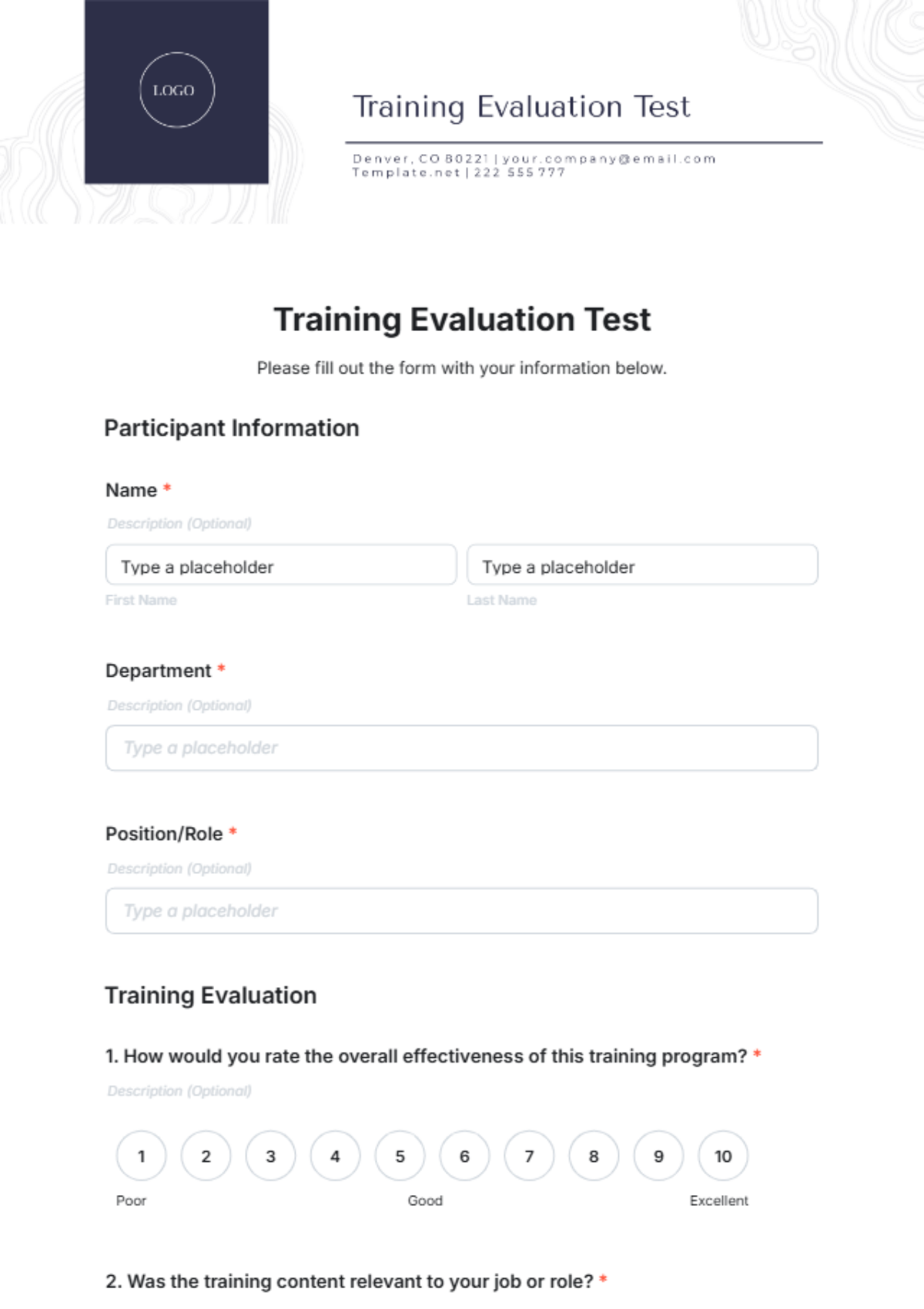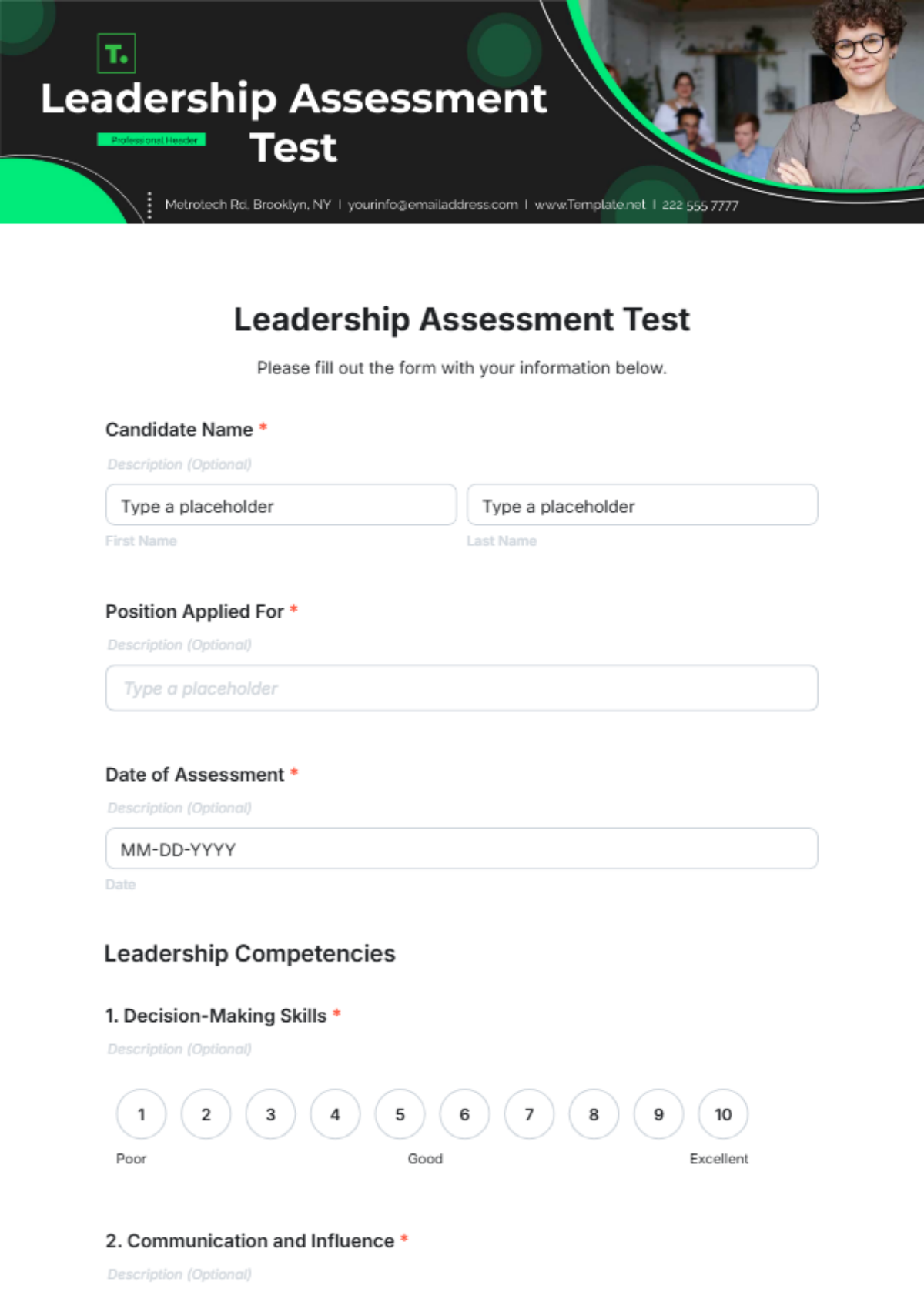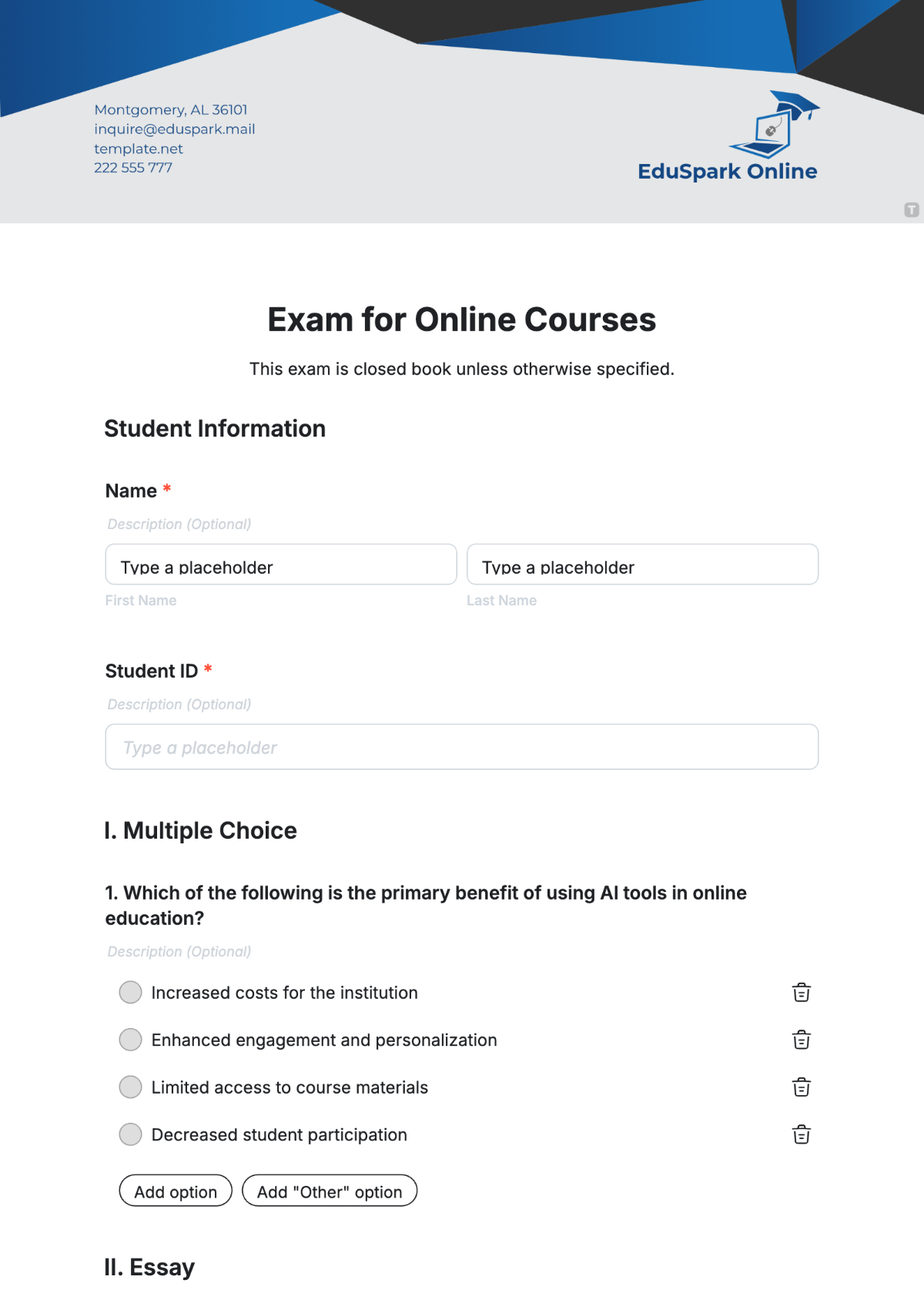Software Implementation Test Plan
I. Introduction
This Software Implementation Test Plan delineates the comprehensive approach for ensuring the quality and reliability of the [SOFTWARE NAME] during its implementation phase. It is crucial to meticulously verify that the software meets the specified requirements and functions as intended to guarantee its seamless integration into [YOUR COMPANY NAME]'s operations.
II. Objectives
The primary objectives of this test plan are to:
Validate that the [SOFTWARE NAME] adheres to the defined functional and non-functional requirements outlined in the project specifications.
Identify and rectify any defects or anomalies that may impede the software's performance or compromise its functionality.
Ensure cross-platform compatibility across various operating systems, browsers, and devices to maximize user accessibility.
Verify the integrity and robustness of the software's security measures to safeguard sensitive data and mitigate potential vulnerabilities.
Assess the software's performance, scalability, and reliability under diverse usage scenarios to ascertain its suitability for deployment.
III. Scope
The testing scope encompasses an extensive range of activities, including:
Testing Type | Description |
|---|---|
Functional Testing | Validate each feature and functionality of the AcmeCRM in accordance with the predefined requirements. |
Integration Testing | Evaluate the seamless interaction between different modules and components within the software ecosystem. |
Compatibility Testing | Ensure a consistent user experience across multiple platforms, browsers, and devices. |
Performance Testing | Gauge the software's responsiveness, throughput, and resource utilization under varying workloads and usage patterns. |
Security Testing | Identify and address potential vulnerabilities, ensuring robust protection against cyber threats and unauthorized access. |
Regression Testing | Ascertain that new enhancements or modifications do not adversely impact existing functionalities. |
IV. Approach
The testing approach encompasses a systematic framework consisting of the following key stages:
Test Planning: Define clear test objectives, scope, resources, and timelines to facilitate efficient test execution.
Test Design: Develop comprehensive test cases and scenarios aligned with the functional and non-functional requirements of the [SOFTWARE NAME].
Test Execution: Execute test cases rigorously across various test environments, meticulously documenting test results and observations.
Defect Management: Utilize Jira as the primary defect tracking tool to promptly log, prioritize, and address any identified defects or anomalies.
Test Reporting: Generate detailed test reports encompassing test findings, pass/fail criteria, defect metrics, and actionable recommendations for stakeholders.
V. Roles and Responsibilities
Role | Responsibilities |
|---|---|
Project Manager | Oversees project management activities and ensures effective coordination between different project stakeholders. |
QA Lead | Leads the testing team, orchestrating test planning, execution, and reporting activities to ensure adherence to quality standards. |
Development Team | Collaborates closely with the QA team to facilitate test environment setup, resolve defects, and validate software changes. |
Stakeholders | Provide valuable feedback and insights throughout the testing process, ensuring alignment with business objectives and user expectations. |
VI. Test Environment
Environment | Details |
|---|---|
Operating Systems | Windows 10, macOS Catalina, Ubuntu 20.04 |
Browsers | Chrome 95, Firefox 95, Safari 15, Edge 95 |
Devices | Desktop, Laptop, Tablet, Smartphone |
Testing Tools | Selenium for automated testing, Jira for defect tracking and project management. |
VII. Schedule
Activity | Start Date | End Date |
|---|---|---|
Test Planning | Jan 15, 2050 | Jan 20, 2050 |
Test Design | Jan 21, 2050 | Jan 25, 2050 |
Test Execution | Jan 26, 2050 | Feb 10, 2050 |
Defect Management | Feb 11, 2050 | Feb 17, 2050 |
Test Reporting | Feb 18, 2050 | Feb 28, 2050 |
VIII. Risk Management
Risk Description | Likelihood | Impact | Mitigation Strategy |
|---|---|---|---|
Inadequate test coverage due to time constraints | High | High | Prioritize testing activities based on critical functionalities and allocate resources effectively to mitigate coverage gaps. |
Delay in test environment setup | Medium | Medium | Establish contingency plans and allocate additional resources to expedite test environment setup if delays occur. |
Communication breakdown between teams | Low | Medium | Conduct regular team meetings, maintain open communication channels, and utilize collaboration tools to facilitate communication. |
Security breaches due to inadequate security measures | Medium | High | Implement robust security protocols, conduct regular security audits, and provide security awareness training to mitigate risks. |
Unforeseen technical issues affecting test execution | Medium | High | Maintain a flexible testing schedule, allocate buffer time for troubleshooting, and collaborate closely with the development team. |
IX. Conclusion
This Software Implementation Test Plan delineates a structured and comprehensive approach for ensuring the quality, reliability, and security of the [SOFTWARE NAME] during its implementation phase. By adhering to the outlined procedures and guidelines, we aim to deliver a robust and seamlessly functioning software solution that aligns with [YOUR COMPANY NAME]'s strategic objectives and exceeds user expectations.
